Author & Photographer: George Mitchell
Our recommendations are not influenced by affiliate links – we have none. Our content and advice is derived from our personal experience and knowledge based on spending five months in Thailand as well as as well as travelling three-years Round-The-World.
Why You Should Do the Less Visited Gems Walk
Most people go to places based on name recognition. This means some sights are over touristed. There is one frequent question of tourists to any country: Where can I find hidden gems in this place? Since there are more Thais than tourists, there is no place that is really hidden, just less visited. Only in Thailand can you walk down any street and every 100 m (yards) see a beautiful Buddhist wat.
This post will explore some less known, fascinating facts and answer some questions, such as: Why are there Hindu deities and demons in Buddhist Thailand? What is the real name of Bangkok? It also discusses food, night markets, and restaurants you must try before you leave Thailand. Shopping for crafts will be discussed in the Day 4 post.
The Best Places to See in Bangkok
The best places to see in Bangkok are described in four posts. Your four day itinerary should include:
- Day 1 – you should Not Miss Wat Phra Kaew.
- Day 2 – you should see the Bangkok National Museum, Wat Pho, and Wat Arun.
- Day 3 – (this post) is about the places overlooked by most tourists.
- Day 4 – you could do the Become a Local Walk including Jim Thompson House, Suan Pakkad, Thai Craft Shopping, Chatuchak Weekend Market, and a Floating Market.
Bangkok Map
All points of interest in this post can be found on our custom Bangkok Google map and are suffixed by their Google Rating (G0 to G5). Anything rated >= 4.0 is very good; >= 4.4 is excellent.
The points of interest for this post are in the Day 3 Layer (you can show/hide the other layers by clicking each check box on and off).
Giant Swing
Walking along Bamrung Mueng Road, the first thing you cannot miss is the huge red Sao Ching Cha or Giant Swing (G4.6). It is also the site of the chief Hindu temple, the Devasathan Shrine. The temple is the headquarters for the Brahmin priests who perform rituals for the Royal Court. Most religious and civil ceremonies and customs are based on Hindu rituals.
Wat Suthat Thepwaram
One of the best gems is also one of the most important temples in Bangkok, Wat Suthat Thepwararam (G4.7). As usual the Thais love long names but everyone just calls it Wat Suthat. Read more in the later topic Why do Thais Use Long Names?
Phra Si Sakyamuni Buddha
Wat Suthat stores the 13th century Phra Si Sakyamuni Buddha in the Subduing Mara mudra. It was relocated from the abandoned Wat Mahathat in Sukhothai.
What amazes me is how did they lift this massive metal statue? They sailed it down the Chao Phraya River to Bangkok on an enormous raft, which must have been a fascinating sight. But how did they transport it over land? The statue did not fit through the city gate, so part of the wall was torn down. Finally, how did they get it into the temple? Did they leave the end wall of the viharn (hall) open then built around the statue?
Wat Suthat Courtyard
The courtyard is what is unique about this wat. It is so large it does not feel crowded in spite of all the visitors, including these students wearing the mandatory uniforms — a white shirt with the school initials or logo. Since 1885, the Thai school uniform has been compulsory, even in college! The uniforms were based on the aristocratic schools of England.
Why is the terrace decorated with 28 Chinese pagodas? This matches the 28 previous incarnations of the Buddha, which are depicted in the murals inside the viharn.
Why is the wat decorated with Chinese statues? These were used as ballast by Chinese trading ships. The Thais thought they would make great decoration.
The Phra Rabieng Khot (cloister) is the arcade surrounding the courtyard and is lined with murals. Unfortunately, painting on dry plaster does not fare well with age. On our first trip, we watched Thais sketch copies of the murals while others cleaned them and “fixed” the paint with resin. This provides a clear, hard laminate to the painting. The work was supervised by an American and an Italian art restoration experts. They described how they will only paint in the missing areas with vertical bars of water paint. In this way they can tell what parts have been retouched.
This window shutter is very different as it is carved bas relief rather than flat gold on black lacquerware. However there is something appealing about unvarnished, raw wood. Hidden in the intricate floral designs are Chinese-style pagodas.
These photos were taken on our first trip and the windows have been restored since then.
Erawan Pediment
In the pediment, the god Indra is mounted on his three-headed elephant Erawan. Indra is the Hindu god of thunder, rain, and war.
Your first question should be, why are the Hindu gods in a Buddhist country? Thai Buddhism is a mixture of Animism of the original Tai tribes plus Hinduism and Buddhism adopted during the Indianization of SE Asia period. This post has many examples of the incorporation of Animism and Hinduism into Thai Buddhist culture.
Indra is the king of the gods in the Proto-Indo-European (PIE) pantheon. Indra is the same god as Zeus of PIE Ancient Greeks and Thor of PIE Vikings. Just like Thor, he carries a vajra, a thunderbolt weapon, except it is shaped like a sword. The blue colour symbolizes royalty in Thailand. The use of Indra and blue colour makes sense as this is a royal wat built by King Rama I, the first king of the Chakri (Bangkok) Dynasty.
Erawan is the much revered elephant god in the Ramayana epic, who we will see at the Erawan Shrine below. Erawan (Thai) was originally named Airavata (Sanskrit). Elephants have played a major role in Thai culture, agriculture, and warfare. They are the tanks of the ancient Thai armed forces.
Wat Suthat Address and Hours
Address: 146 Thanon Bamrung Muang Road
Open: 0830 – 2100 hrs
Entry Fee: BHT 20 foreigners
Directions: Walk 0.9 km east from Wat Phra Kaew Viewpoint
Why do Thais Use Long Names?
Actually, the full name of Wat Suthat is Wat Suthat Thepwararam Ratchaworamahawihan. Whoa! We saw in the Are Ayutthaya & Sukhothai Worth Visiting blog that the official city names are also much longer. The official name of Bangkok is:
Krung Thep Mahanakhon Amon Rattanakosin Mahinthara Ayuthaya Mahadilok Phop Noppharat Ratchathani Burirom Udomratchaniwet Mahasathan Amon Piman Awatan Sathit Sakkathattiya Witsanukam Prasit.
Yes, that is the longest city name in the Guinness Book of Records! But the Thais do not use that name nor do they use Bangkok. They call it Krung Thep, meaning City of Angels. Welcome to the Los Angeles of Thailand.
Thai names — even personal last names — are very long because they are commonly composed of a combination of words or syllables that are considered lucky or beneficial. It is also believed that names can affect which spirits are attracted to them. Thais take pride in their long names as a way of connecting with their history. It’s part of the Thai culture.
Wat Traimit
Wat Traimit Ziggurat
Wat Traimit is the next must-see gem. On our first trip to Bangkok, there were no cell phones or Google Maps so we followed tour groups to an uninspiring single storey wat with a major treasure inside. On our last trip, we found a massive wat befitting its’ long real name, Wat Traimit Withayaram Worawihan (G4.6). What happened? A new mondop was completed in 2010 at the top of a four story marble-clad ziggurat (pyramidal stepped tower that originated in Mesopotamia). No wonder we did not recognize the wat!
On the stairs we saw monks wearing burgundy red robes who came to visit this wat. The red colour is associated to monks from Tibet, Nepal, Burma, and Sri Lanka who practise the Mahayana form of Buddhism. Thai monks practise Theravada Buddhism and wear saffron coloured robes because Thais use jackfruit to dye their robes.
Golden Buddha
Why should you visit Wat Traimit? Sure, you have heard of the largest gold sculpture. But there are several other reasons. First is the amazing story of how such an amazing statue was lost and found. Fearing an invasion by the Burmese, the Golden Buddha was moved from Sukhothai to Ayutthaya in 1403. It was encased in layers of stucco and decorated in pottery shards, a strategy that was used frequently by Thais to protect their most treasured images, like the Emerald Buddha in Wat Phra Kaew.
The plastered Golden Buddha remained untouched among the ruins of Ayutthaya, until it was moved in the 1800s to Chinatown in Bangkok. Its’ real value was still unknown. Nobody wanted a 3 m (15 ft) tall plaster Buddha!
During renovations of the original Wat Traimit in 1955, we heard that they did not realize the statue weighed 5.5 tonnes (5500 kg)! A crane dropped the image, which cracked the stucco and revealed gleaming gold! Made of about 83% pure gold, the image is worth ca. USD 250 million!
The second reason is the Buddhist teaching moment of the Subduing Mara mudra. Mara is the demon of desire. The statue teaches the story how Mara tried to stop Prince Siddhartha from achieving enlightenment. Buddha points his hand down calling on the Earth Goddess to bear witness to all his good deeds. The goddess wrings her hair of all the moisture representing his good deeds and floods the army of Mara. This is the reason why so many Buddha statues use this pose.
The third reason is the beauty of the image. This is not a Michelangelo or Bernini sculpture. There are no anatomically accurate bones and muscles, no dramatic emotion or implied action. Nevertheless, the image is evocative.
The Golden Buddha was made in the Sukhothai Era (1238-1448), the first Thai kingdom run by native Thais. The Sukhothai style combined elements from Sri Lanka and Bagan (Myanmar) with motifs of the Lanna people of Northern Thailand. The first thing you should notice is the ushnisha, the flamelike protuberance above the head. The ushnisha is a Sri Lankan element that symbolizes the supreme power of the Buddha’s enlightenment or his spiritual energy.
The 13th century Buddha displays smooth, sinuous curves that reflect light and make the gold gleam. Sukhothai-style anatomy is based on fixed conventions such as a torso like a lion. Rather than facial emotions there is a serene, peaceful face with features made of curves.
Wat Traimit Address and Hours
Address: 494 Thanon Ratchadamri, corner of Phloen Chit Rd
Open: 0800 to 1700 hrs.
Entry Fee: BHT 40
Directions: Walk 2 km from Wat Suthat: south on Unakin Road then east on Charoen Krung Road
Subway: take MRT to Hua Lamphong Station then walk 0.6 km west
Erawan Shrine
Erawan Shrine (G4.6) is very well known place located next to the Grand Hyatt Erawan Hotel. While it is not a hidden gem, most visitors are the locals and that is why you should be visiting. the The SkyTrain’s elevated walkway overlooks the shrine and provides an aerial view and photo spot.
Erawan Joss Sticks
Why should you visit Erawan Shrine? It is a great place to watch people light joss sticks, offer food and flowers. All ages and types of people come here to pray. The purpose of the joss stick is not just to smell the aroma of the incense. It is a symbol of purity and sympathy.
Erawan
The second reason to visit this gem is to note the elephant statues. Here you can learn that Buddhist Thais are praying at a Hindu Shrine named Erawan, the three-headed elephant god. Erawan is the vehicle of the primary Hindu god Indra of the Proto-Indo-European (PIE) pantheon. Erawan is a well loved character from the Ramakien and other Vedic literature of the ancestral PIE people. Why are elephants so revered? In the Ramayana, elephants brought water and rain. This is very important to an agrarian culture.
Phra Phrom
In the centre of the shrine is the statue of Phra Phrom, the Thai name for the Hindu god Brahma, known as the Creator. In this case, Brahma represents guardian spirits in Thai animist beliefs. Moreover, the Thais have conflated the Hindu gods Indra and Brahma. The shrine is dedicated to Erawan, but the elephant is not the vehicle for Brahma. He is the vehicle of not only Indra but also Buddha.
Spirits and Good Luck
Why are there so many demons and spirits in Thailand. Isn’t this a Buddhist country? Read aboot Buddhist culture in Thailand — a Traveller’s Guide to Buddhism. Do the Thais still believe in spirits?
During construction of the Erawan Bangkok Hotel there were many casualties, serious delays and increased costs. The unfinished hotel was cursed! A naval physician and mystic determined that they laid the foundation stone on an inauspicious date and recommended a shrine to Phra Phrom, the god of good fortune, be built (1956). Erawan was also included since the elephant symbolizes good luck. Because the shrine brought such good luck, people now come to obtain their wishes. The original hotel was since replaced by the Grand Hyatt Erawan Hotel.
Thai Classical Dancers and Musicians
Erawan Shrine is an especially good gem because you can see classical dancers and musicians for free. Free for us tourists but petitioners pay for these performances. Here the dancers pose in the wai gesture, which originates from the namaste gesture of India. Wai (pronounced “why”) can be used to say hello, thank you or sorry.
Erawan Shrine Address and Hours
Address: 494 Thanon Ratchadamri, corner of Phloen Chit Rd
Open: 0800 to 1700 hrs. ??
Entry Fee: Free
Directions: Walk from Wat Traimit, 4 km northeast to Ratchadamri
Subway: take MRT from Hua Lamphong Station to Si Lorn Station then either walk/train north via Lumphini Park to Phloen Chit Rd.
Wat Benchamabophit
Wat Benchamabophit Dusitwanaram (G4.6) is a less visited gem that you should not miss. The name means the Temple of the fifth King. That is because King Chulalongkorn (aka Rama V) was buried in this wat built next to his Dusit Palace. The ubosot is spectacular with its’ multi-tiered red roof edged with gold chofahs (finials) and naga railings.
Vishnu on Garuda Pediment
In the ornate blue pediment, the Hindu god Vishnu rides on Garuda. Vishnu is the supreme being who creates, protects, and transforms the universe and is known as the Preserver. In India, kings were considered living incarnations of Vishnu. In Thailand, religion was also used by kings to identify themselves with Vishnu and establish their divine authority. Vishnu‘s consort Lakshmi is the goddess of wealth, fortune, power, beauty, fertility and prosperity.
Even the colour is symbolic. Blue is the colour associated to royalty. In the hall is a beautiful gold Buddha framed perfectly by a golden naga.
The Rogers and Hammerstein’s play and movie The King and I was based on Prince Chulalongkorn’s father, King Mongkut. It was banned in Thailand because its depiction of King Mongkut was considered disrespectful and inaccurate.
52 Bronze Buddhas
There are 52 bronze buddhas surrounding the courtyard. King Chulalongkorn wanted to provide examples of different iconography used in other countries. This one shows the Subduing Mara mudra explained under Wat Traimit. King Chulalongkorn built the first university in Thailand in 1917.
Walking Buddha statues are not common. In fact, they did not exist in Ancient India. They were invented in Thailand. Even more intriguing is the raised foot which provides implied motion, a feature of Classical Art. Another aspect is the curved, elongated arms reminiscent of Mannerist Art. The look of the Buddha displays feminine, soft features. Buddhist art does tend to produce asexual images that could be male or female.
Wat Benchamabophit Ubosot
Built in 1899, the temple is also known to anglophones as the Marble Temple. We refrain from using these Anglo aliases as they are not the true names used by Thais. It has floors, walls, and pillars made of Carrara marble imported from Italy. The marble courtyard has two large singhas (lions) guarding the entrance to the ubosot (ordination hall). Singha is Sanskrit for lion, which also the root word of Singapore, or lion city, as well as the name of a Thai lager.
Wat Benchamabophit Door and Windows
The ubosot combines Thai and European architectural styles. It is unique among Thai temples for its stained glass windows, another western influence.
These windows depict scenes from Buddhist teachings, which add vibrant colour and light to the interior. Note the red lacquerware window shutter below the stain glass.
We really enjoyed the superb bas-reliefs on a gold trimmed red door. we previously believed they were warriors and/or demons from the Ramayana.
However, these two figures have conical crowns that indicate they are royalty. In retrospect, the symbolism seems to better fit Manjushri (an incarnation of Buddha). In one hand, he carries a vajra (thunderbolt) sword, which cuts through ignorance and discrimination. In the other hand, he holds a sutra scroll representing the perfection of wisdom, which transforms into never ending floral motif. Manjushri is often shown riding a lion, which represents princely nobility and fearlessness.
Wat Benchamabophit Address and Hours
Address: 69 Thanon Si Ayutthaya, near Rama V Road
Open: 0800 to 1730 hrs.
Entry Fee: BHT 20
Directions: Walk 5 km 1 hr. along Phetchaburi Rd. or Bus to Rama V Rd stop.
Dusit Palace Area
King Chulalongkorn was the first Thai King to visit Europe in 1897. He wanted to replicate the Europeans inspired by building a new massive Dusit Palace complex with broad boulevards and gorgeous green spaces to the north of Wat Benchamabophit.
Abhisek Dusit Throne Hall
The Abhisek Dusit Throne Hall (G4.2) was completed in 1904. The “small” building was used exclusively for state occasions such as ambassadorial receptions and banquets. The grounds are beautiful.
The building is a simple rectangle but it was made exotic with the use of ornate grill work decorated with intricate carved flower motifs. Other web sites call it Moorish. Arabesque is an art form with interlaced floral and/or geometric patterns. It originated well before Moorish Spain and has been a feature of the earliest Islamic art and architecture since no human or animal images are allowed in Islam. Other features of Islamic architecture are tracery and multi-foil (curved “leaves”) arches shown in the photo. These were used in Byzantine and Venetian Gothic architecture.
Queen Sirikit initiated the SUPPORT foundation to preserve traditional Thai handicraft skills. In 1993, Abhisek was turned into a museum displaying traditional weaving and wood carvings, traditional Mudmee (meaning tied threads in Isaan) silk, and ceramics. Mudmee is hand woven silk and has an uneven, coarser weave with an iridescent two tone colour.
Abhisek Dusit Throne Hall Address and Hours
Open: 0930 to 1600 hrs. It is forbidden to take mobile phones, bags and cameras into the palace. These items must be left in lockers (THB 20)
Entry Fee: BHT 100 for both buildings; Vimanmek by tour only
Directions: BTS Sky Train station is Phayathai; then follow Si Ayutthaya road to Dusit for about 2½ kilometers. BTS Skytrain station Victory Monument then take bus 515 that stops at Dusit Zoo
Vimanmek Palace
The Vimanmek Palace is an all teak wooden building where King Rama V actually lived on an island. In 1901, the teak-wood structure was transported piece by piece and reconstructed on its present site. Reported to be the largest golden teak-wood mansion in the world. each room containing exhibits, artefacts, antiques or personal belongings of Rama V.
Vimanmek Mansion is certainly an impressive building combining Victorian and Thai styles. The palace grounds make for a very pleasant visit. I wouldn’t necessarily class the mansion by itself as a must-see for first-time visitors. In any event, Vimanmek was dismantled in 2019 to allow for foundation repairs and will be rebuilt upon its completion. Some news articles state that it will not be reopened to the public.
Ananta Samakhom Throne Hall
Ananta Samakhom Throne Hall is a domed building built in a combination of Italian Renaissance and neoclassical styles. It also is currently closed to the public but we could see it from the road.
Night Markets & Restaurants
On our first trip we went to the local night markets near the Phra Sumen – Samson Bridge and Yaowarat Road, Chinatown (G4.6). Night markets are generally the best places to get food made for the locals in an authentic way.
Thai Cuisine
Here we had our first Pad Thai done the authentic Thai way without the high sugar of North American restaurants. This was decades ago when Thai food was not known at home. It was so good we came multiple times. Then we made our second trip and found our chef in the same place over a year later. We smiled and the chef beamed. I am sure she recognized us but we could not speak Thai.
We could not tell “our chef” how our experiences in Thailand changed what we ate at home, which includes preparing many Thai dishes ourselves as described in our Chiang Mai – Food, Flowers, and Festivals post.
We cannot recommend restaurants since the food scene has changed over time. We have pinned low cost restaurants we found that have very good to excellent Google ratings (G4.2 to G5) in our custom Bangkok Google map. Unhide the Other Places map layer.
Restaurants are generally much more expensive than Night Markets and not necessarily more authentic. Two restaurants we visited on all our trips seemed to provide authentic Isaan style food. They are both on Phaniang Road across from the Rajadamnern Muay Boxing Stadium and so are geared to the Thais. They were Phonjaroen (G4.3) and Likhit Gai Yang (G4.0). Actually, it was here that for the first time we had some of the most authentic dishes mentioned in our Chiang Mai – Food, Flowers, and Festivals post.
Other Posts You May Like
Chiang Mai, Ayutthaya, and Sukhothai are the best cities to visit in Thailand.
Bangkok Day 1
Bangkok Day 2
Custom Maps and Facts to Plan your Itinerary
TH is the ISO Country Code for Thailand.
THB is the ISO Currency Code for Thai Bahts.
THB 100 = CAD 3.86, EUR 2.59, GBP 2.25, USD 2.83
When is the Best Time to Visit?
Based on average maximum temperatures from NOAA:
| Month | Season | Max Temp | Rain Days |
| Nov-Feb | Cool | 30 to 33°C | Nov = 4 |
| Mar-May | Hot | 34 to 35°C | 5 to 13 |
| Jun-Oct | Rainy | 31 to 33°C | 9 to 17 |
The data supports the fact that Nov-Feb is the best season to visit.
How to Get to Around Bangkok?
On our first trip to Thailand, we walked all around the old city. We used buses to go to more distant sights. There are also tuktuks and even an LRT. We would not recommend driving a rental car in Bangkok unless you are from Cairo or Manila. Rent a car just before driving around the countryside. We dropped our car off at the airport outside the city and took the bus into the centre. Mistake, we should have taken the train.
On our first trip to Thailand, we usually took the bus to travel between cities. In those days, the bus destination was only in Thai script. So we always made sure to find out the bus number, which uses the same Arabic numerals as we do. There are also trains.
Is Thailand Safe?
According to the Numbeo Safety Index, Thailand is a very safe country.
Thai Culture and History
The Artistic Heritage of Thailand, book by National Museum Volunteers, Sawaddi Magazine ca. USD 12.58
The following posts provide background information about Thailand:
– more about Thai Buddhist culture than the religion

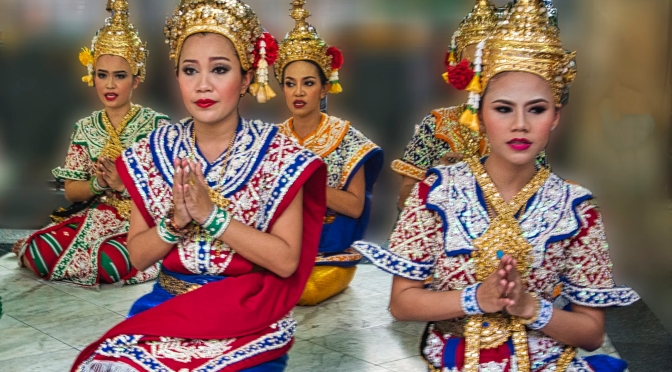
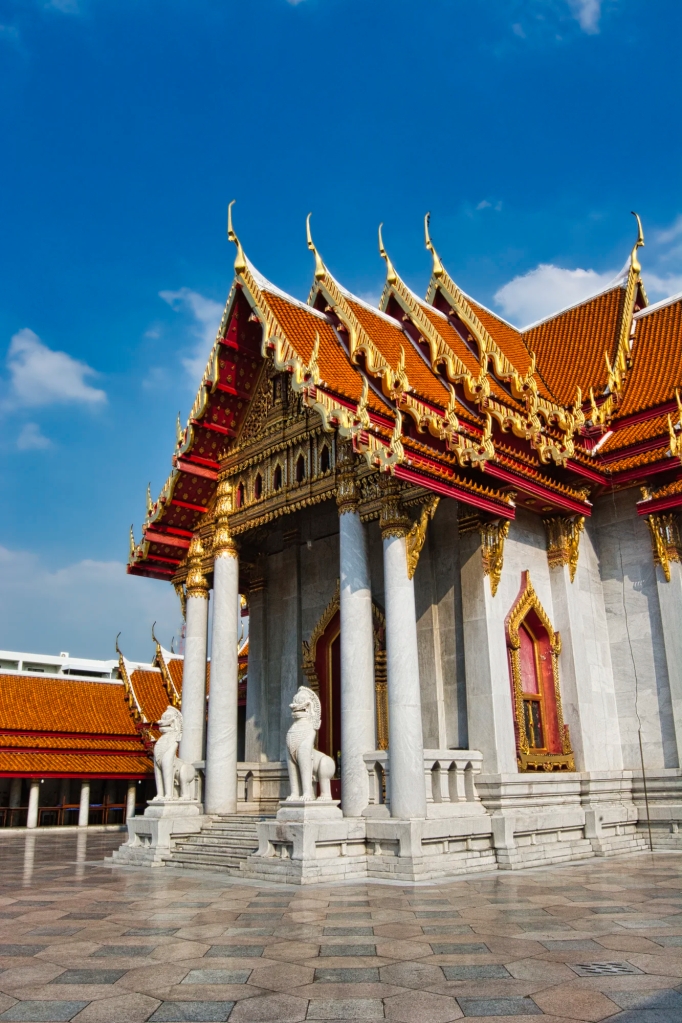
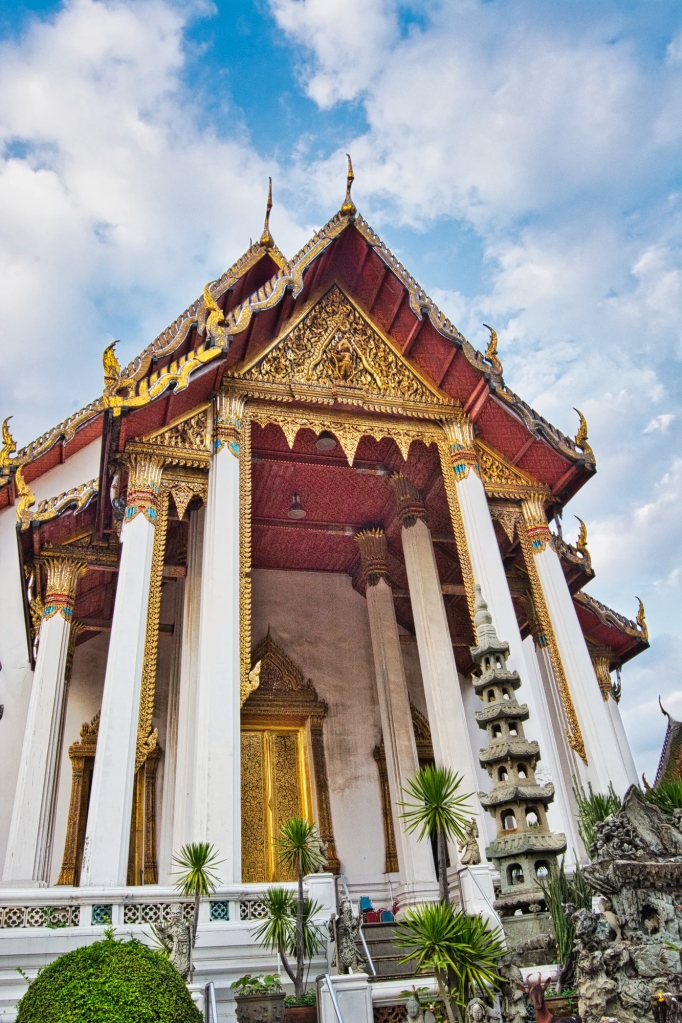

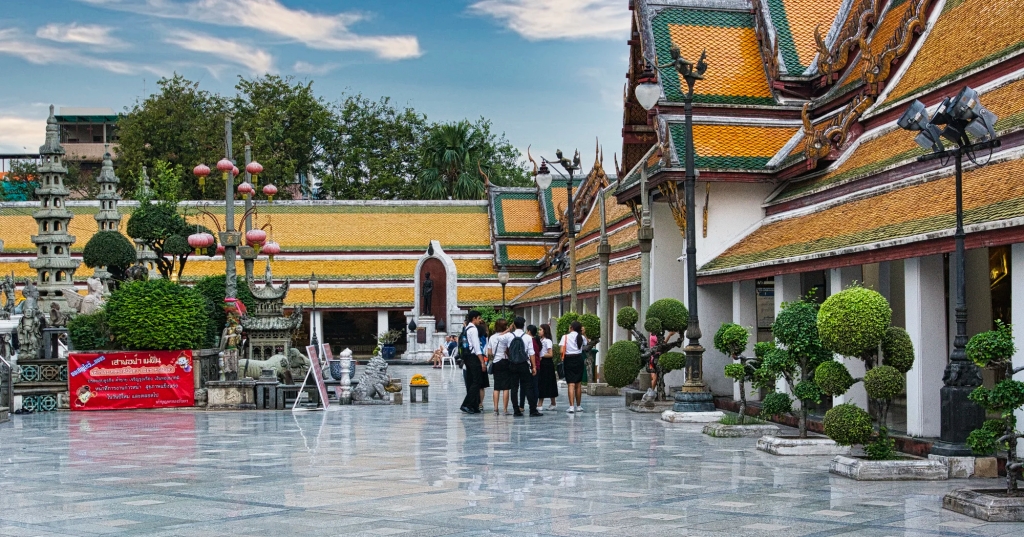
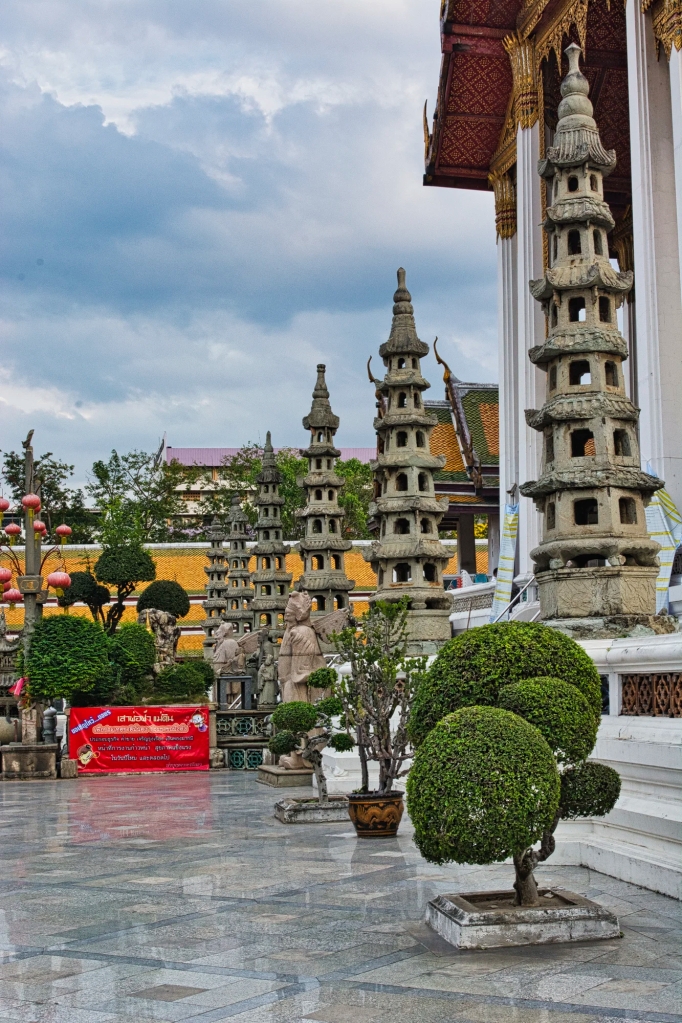
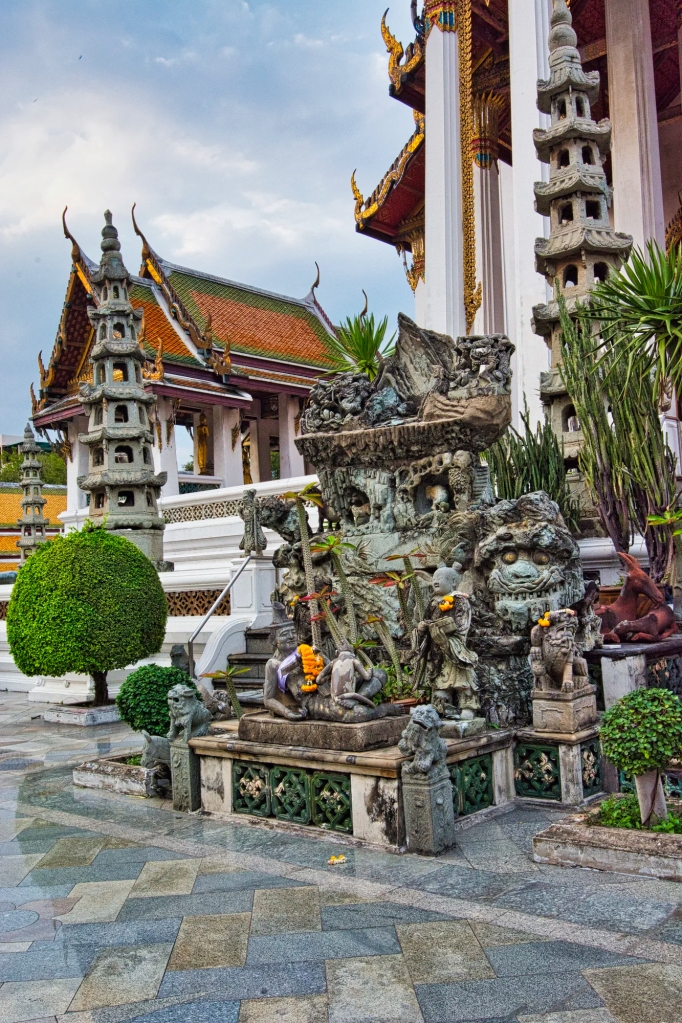
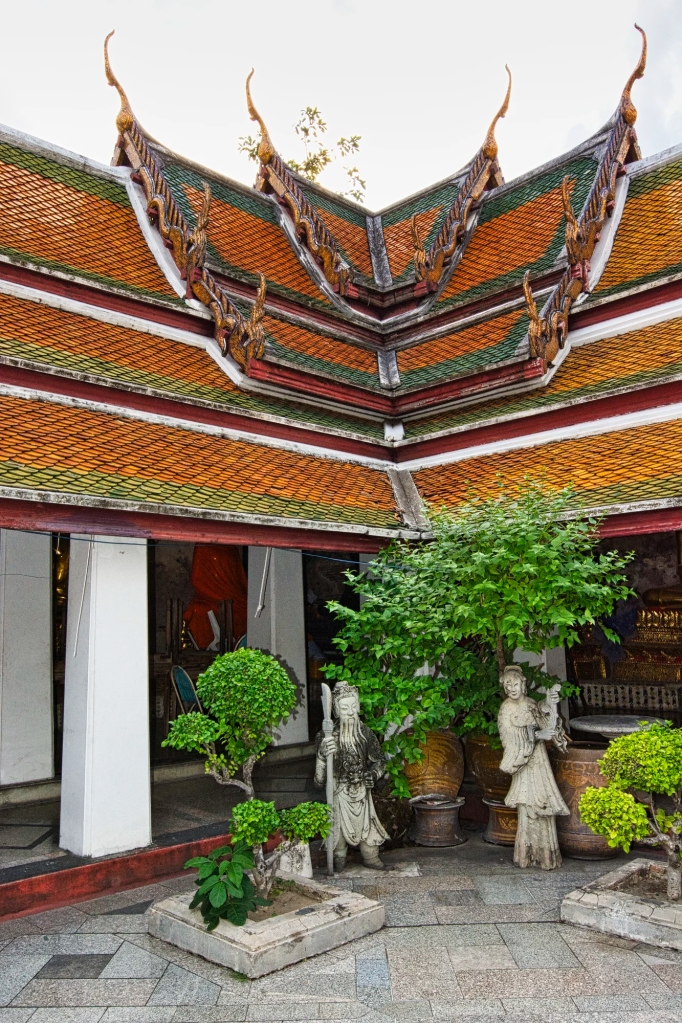
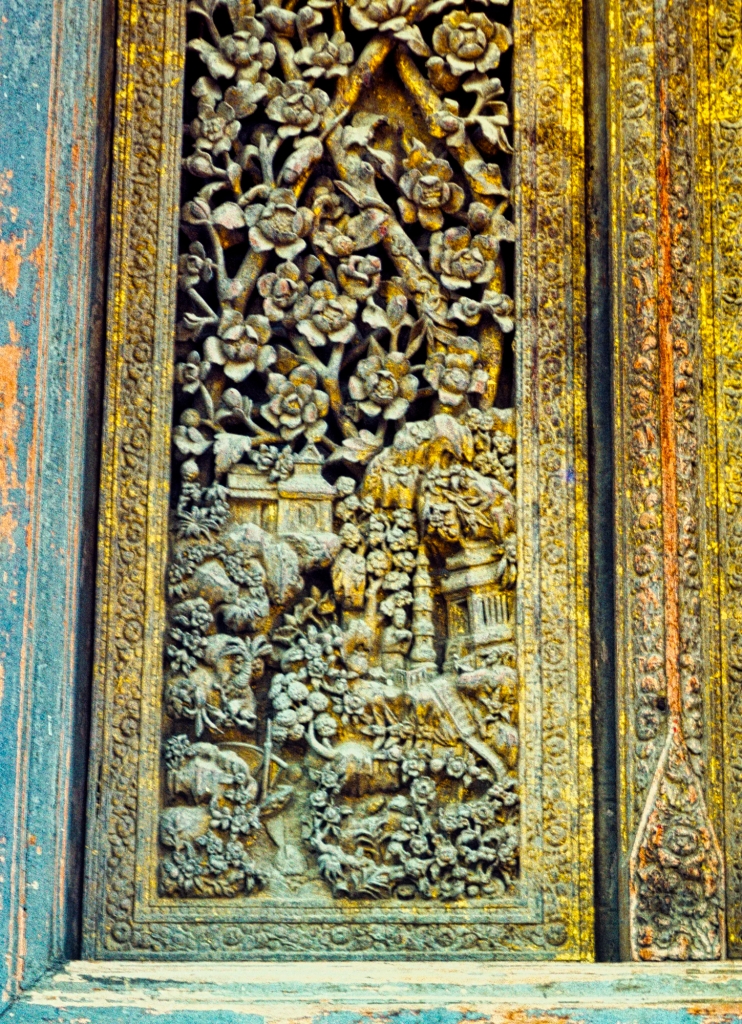
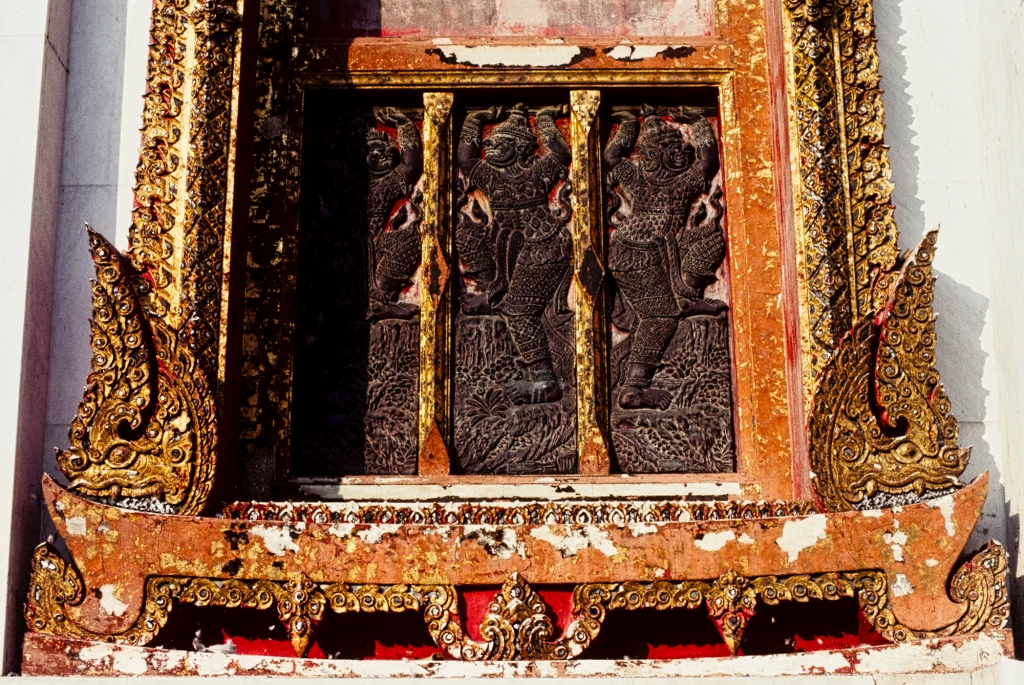
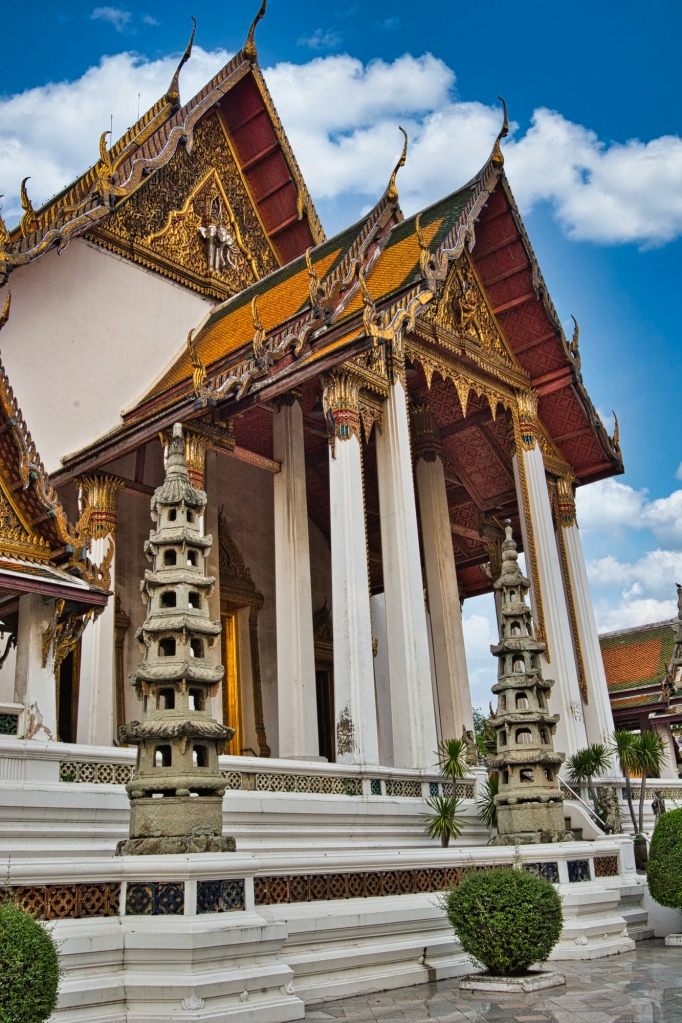
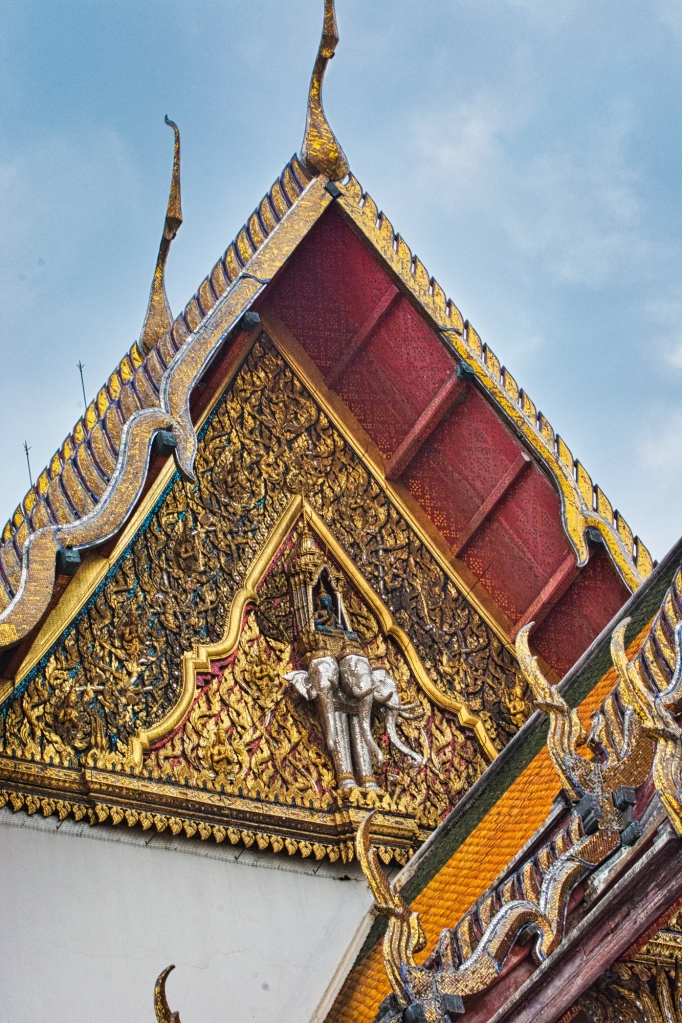

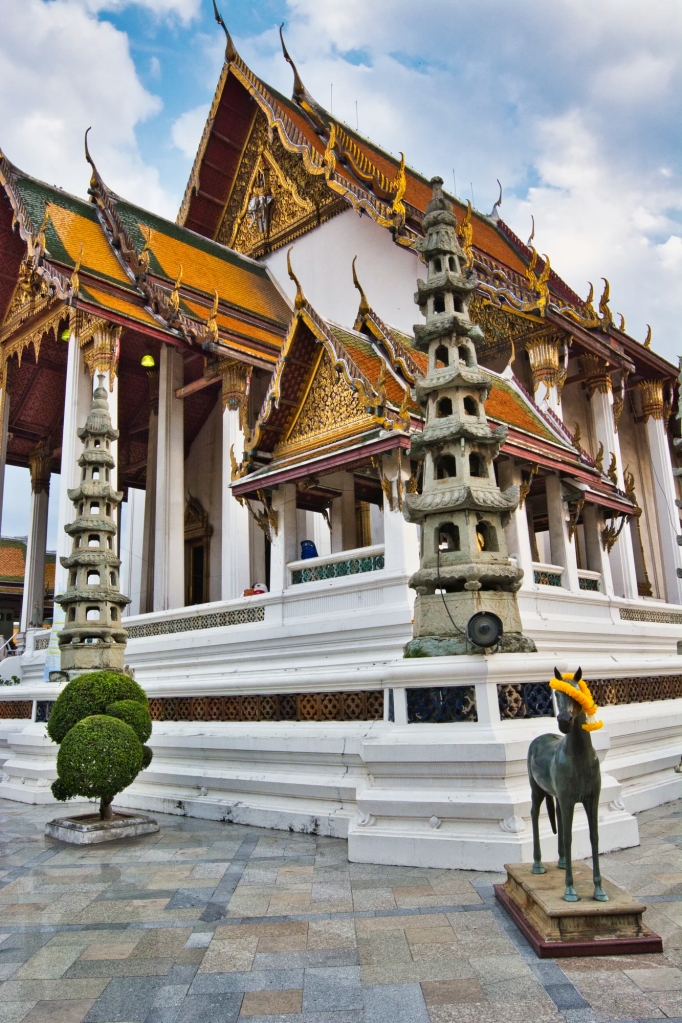
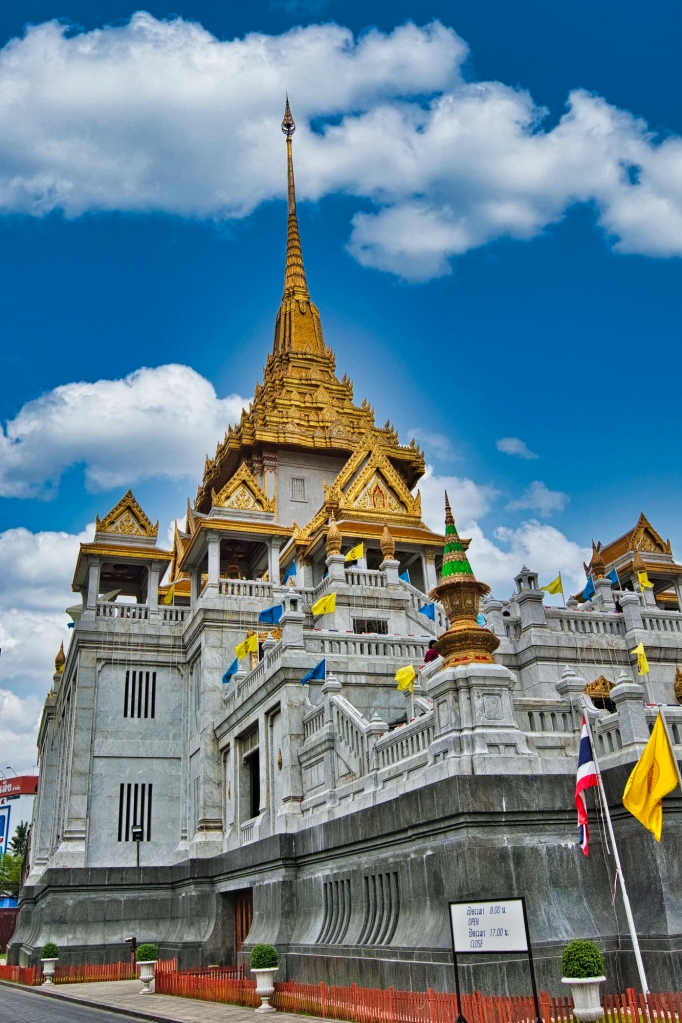
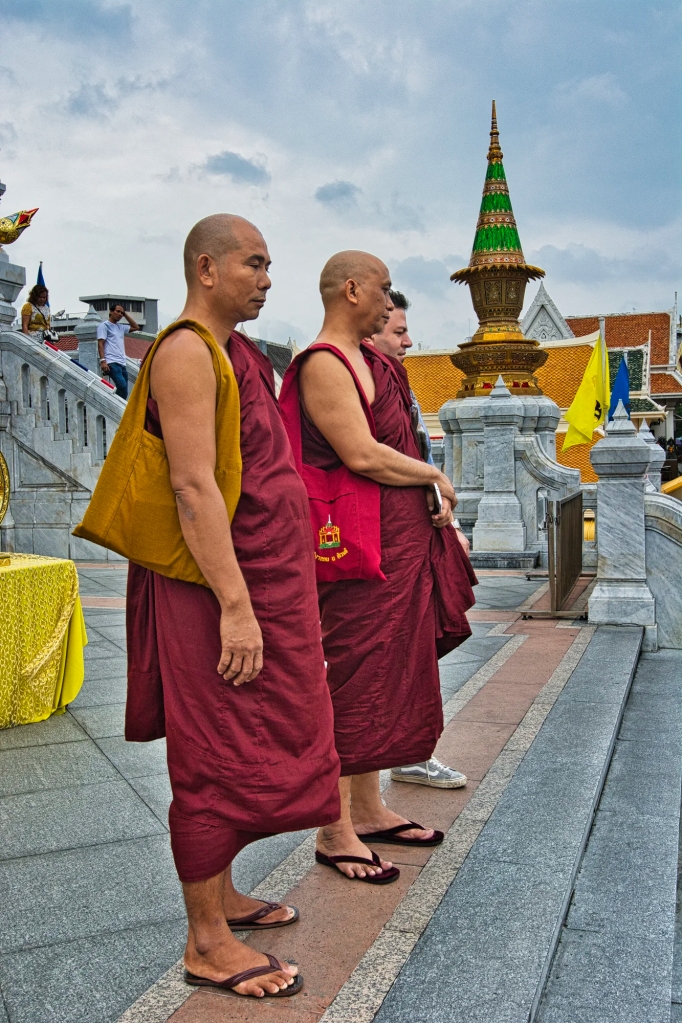
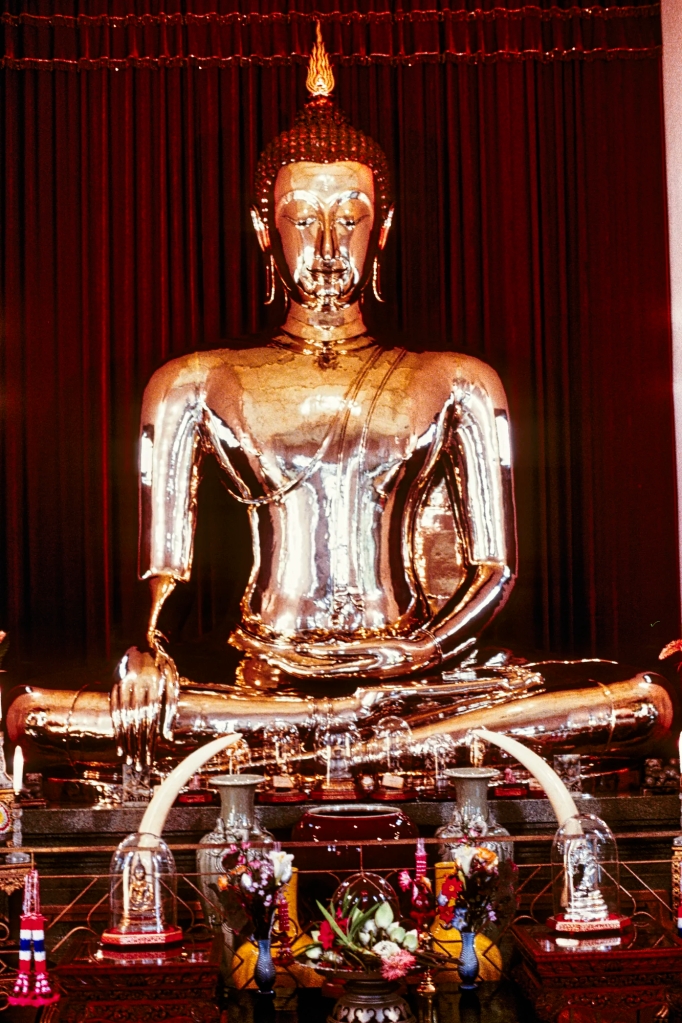

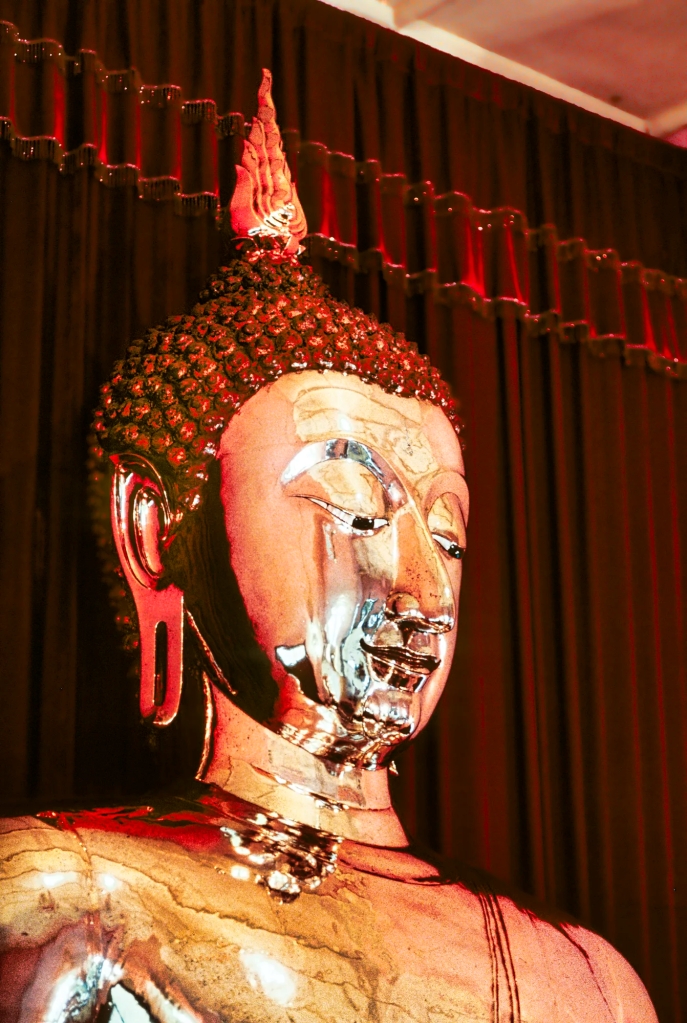
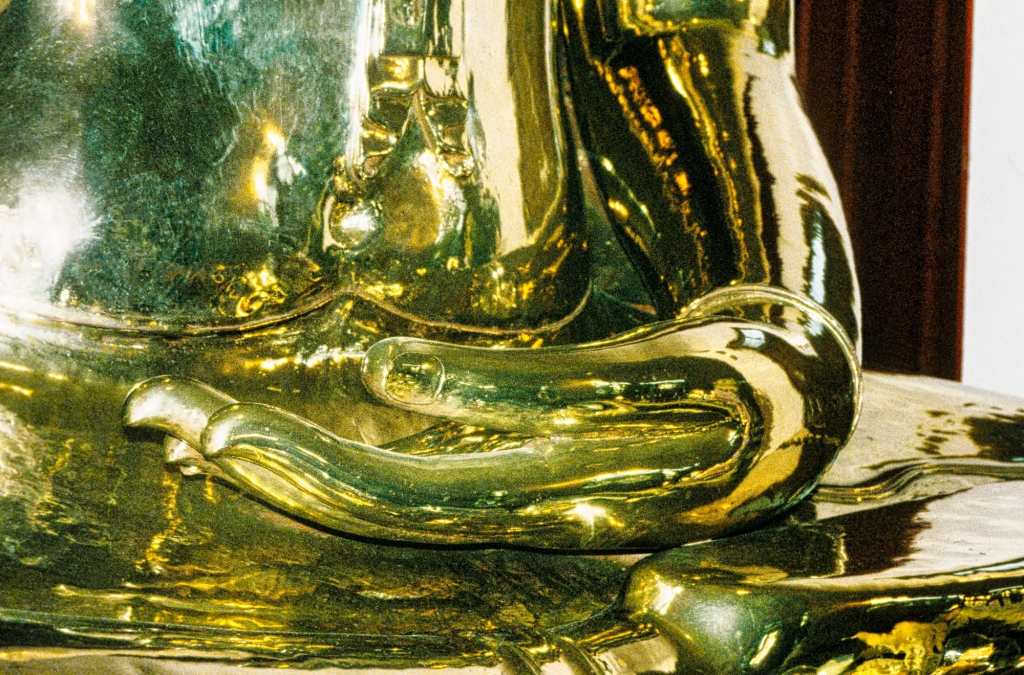
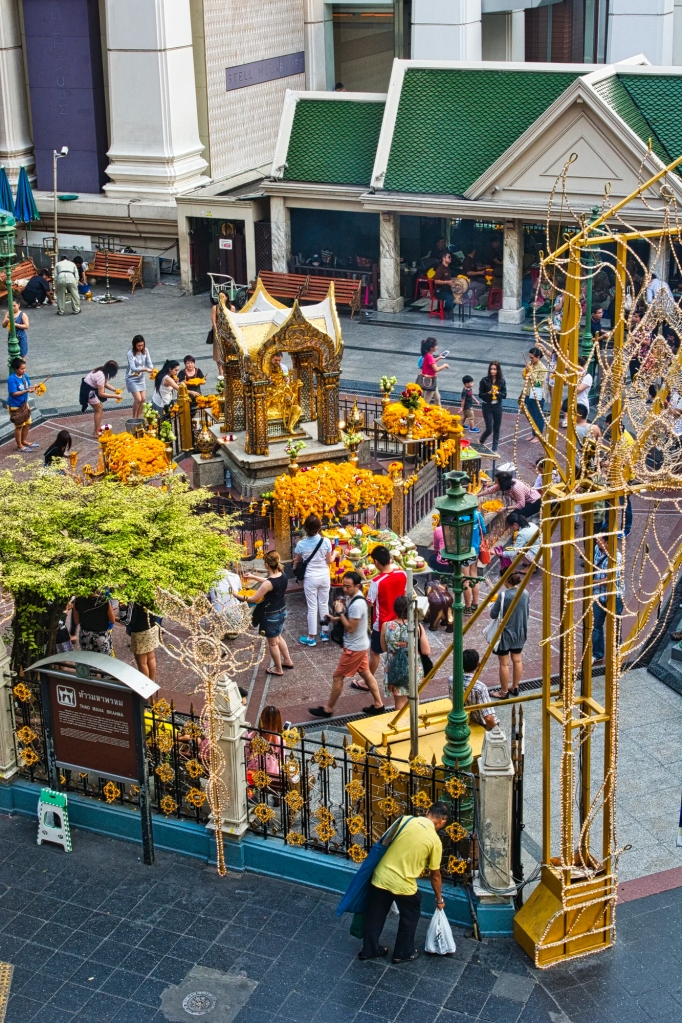
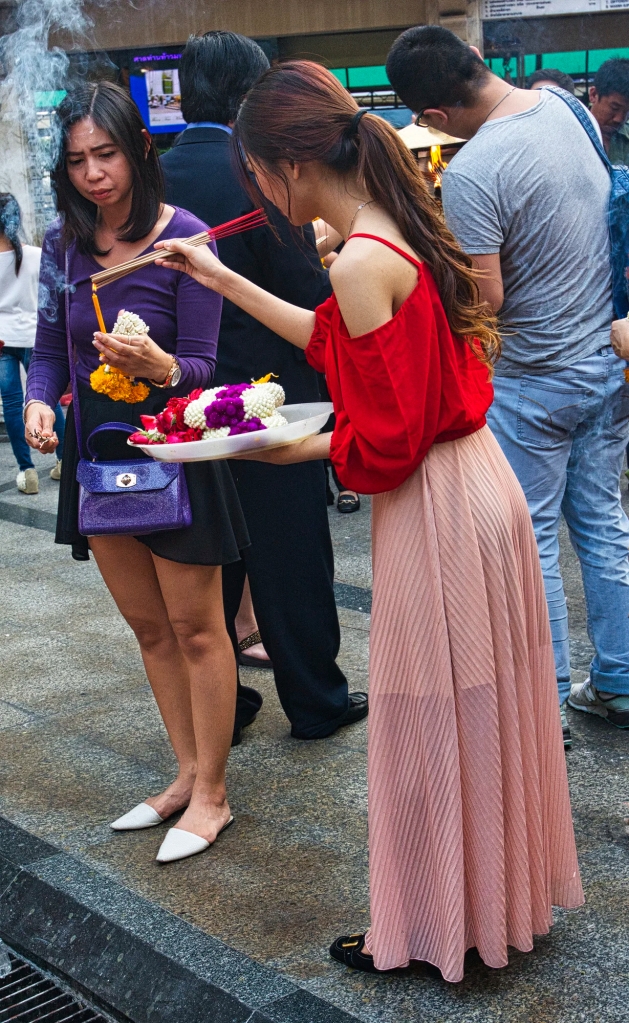
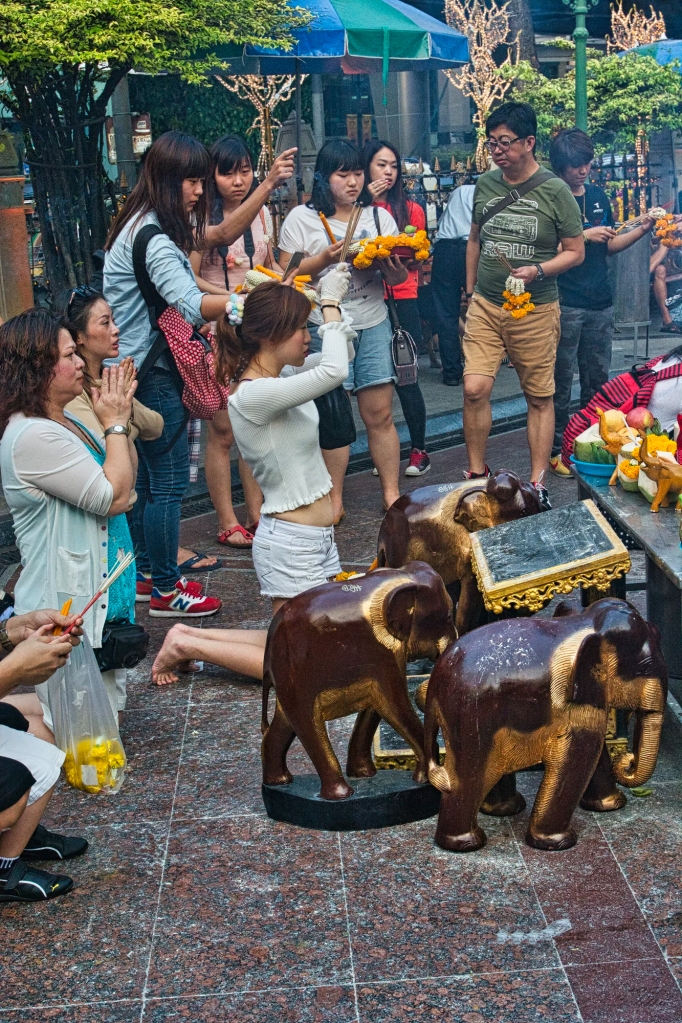
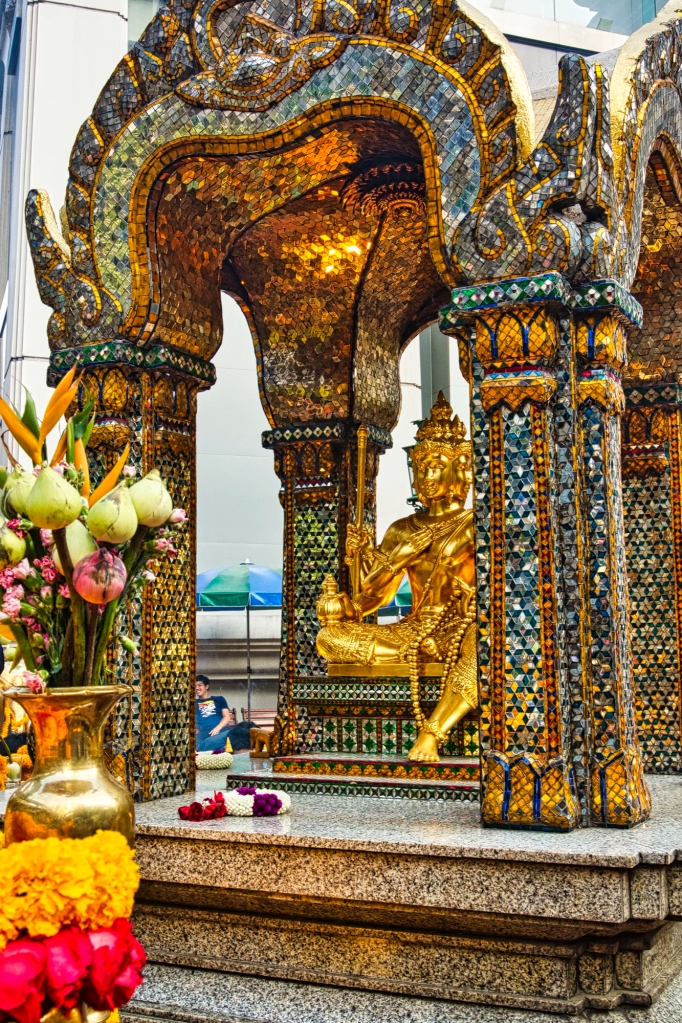
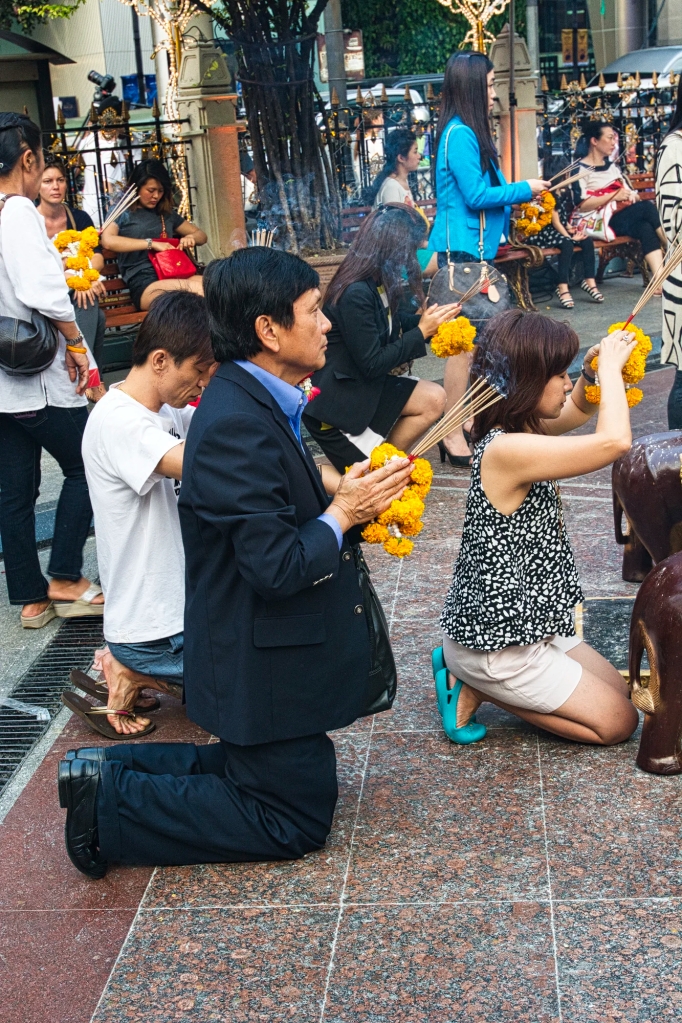
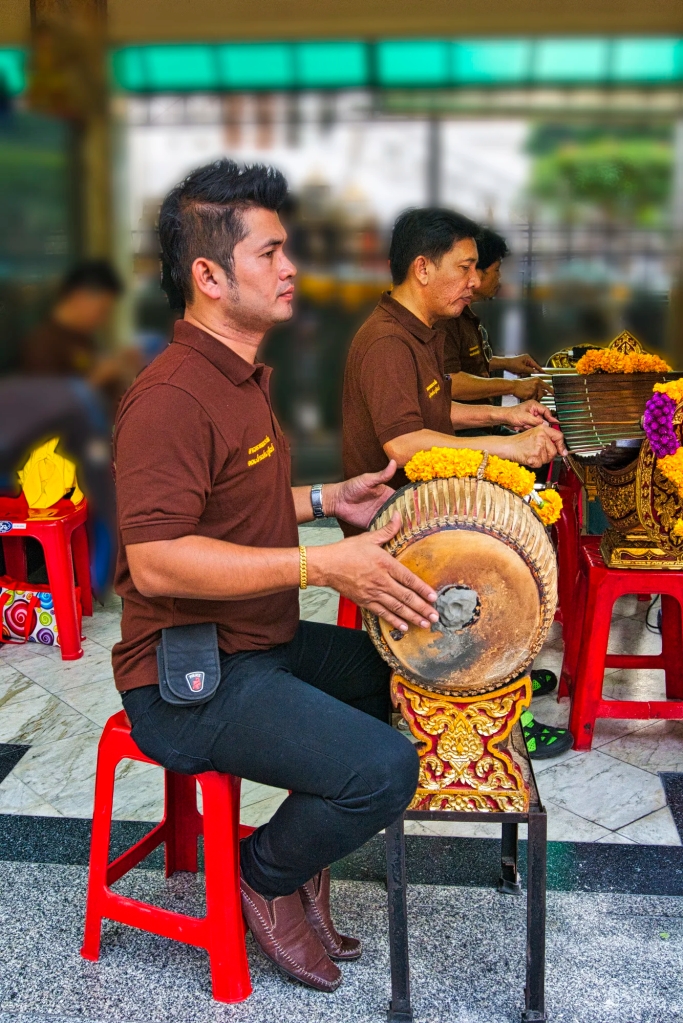
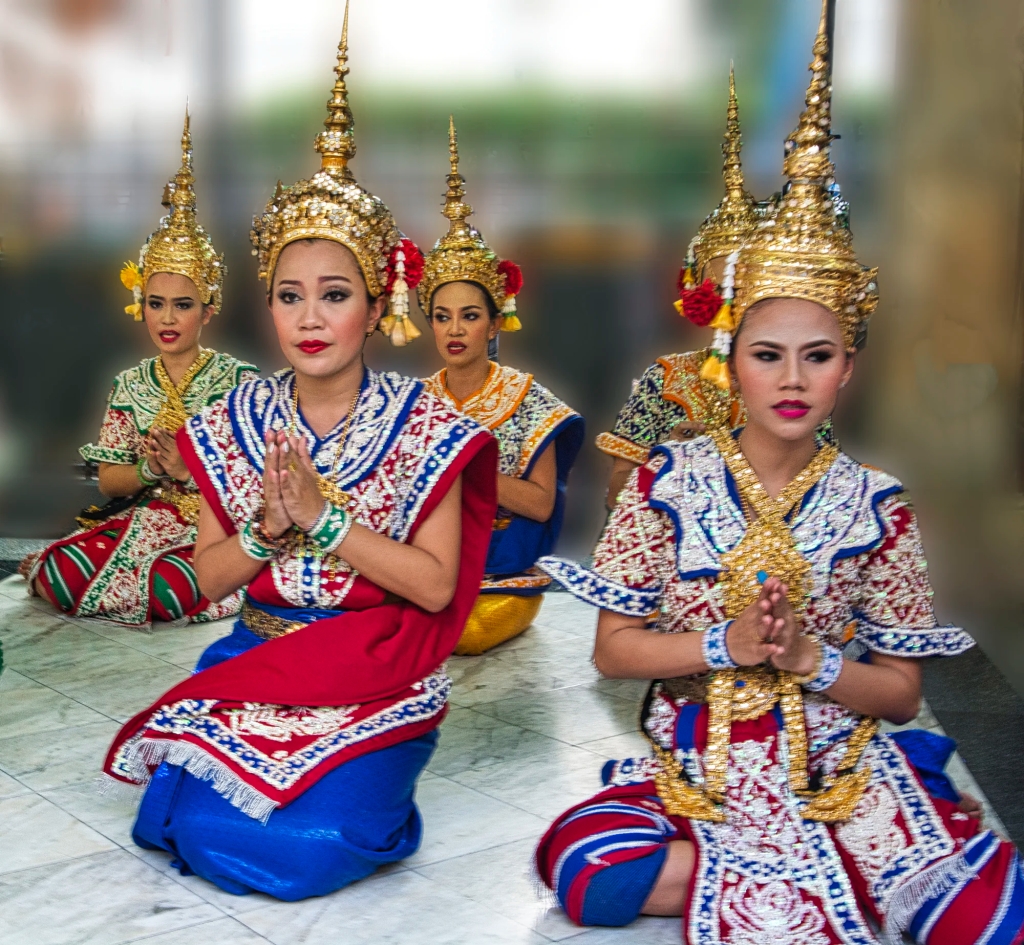
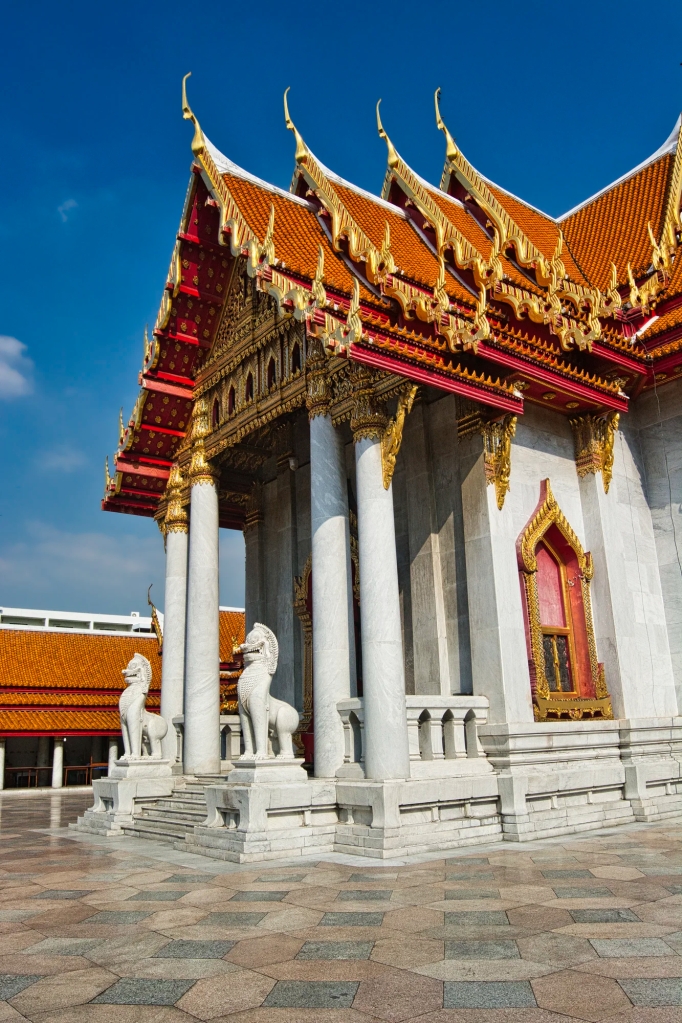
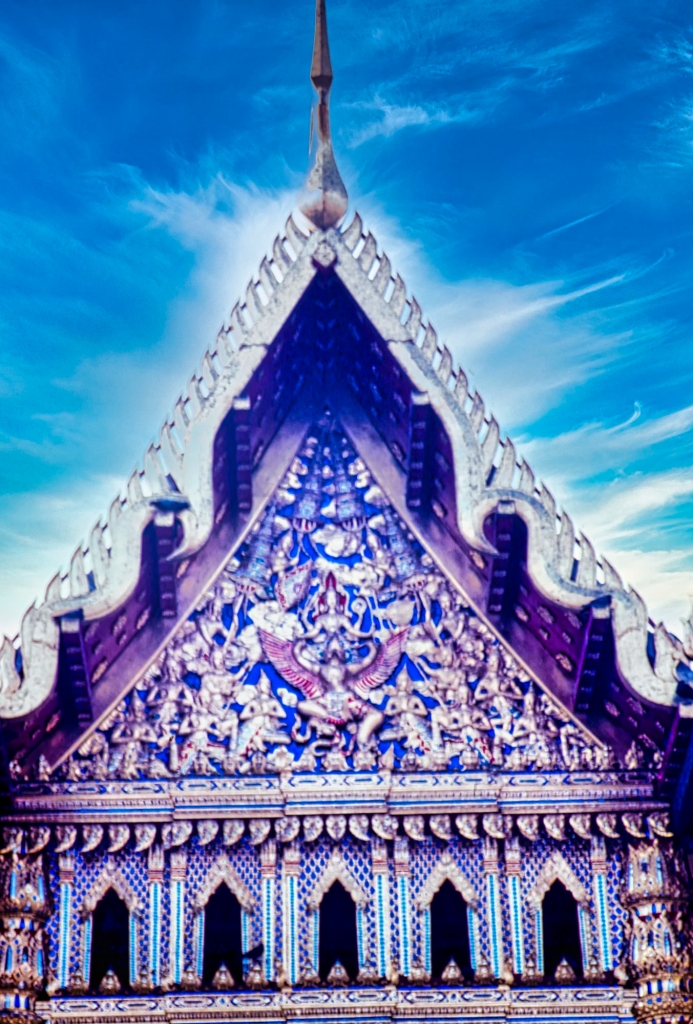
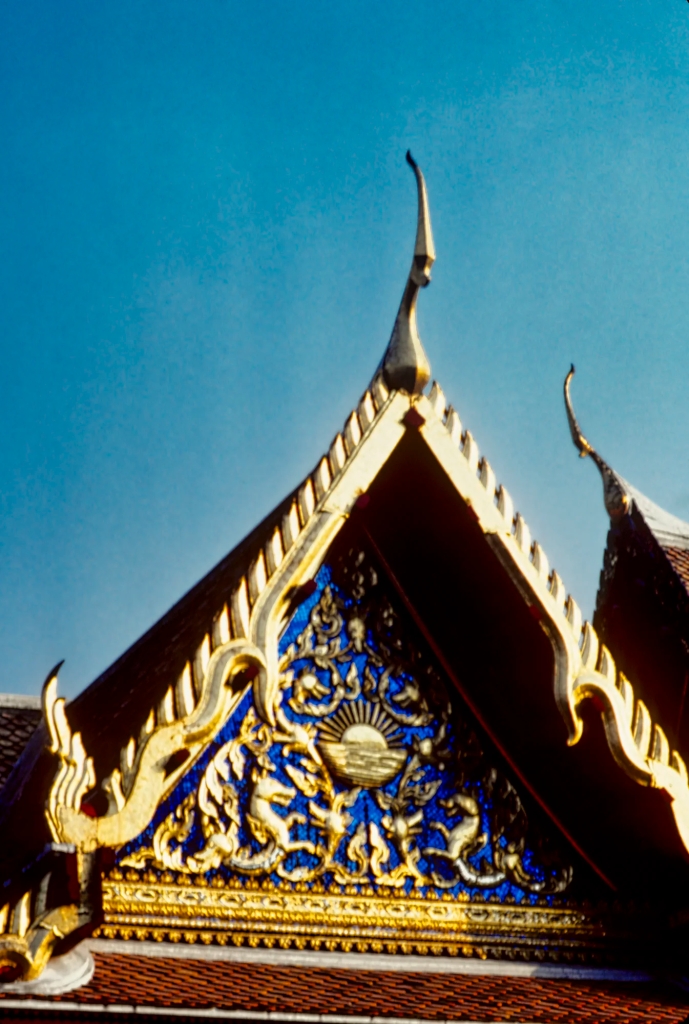
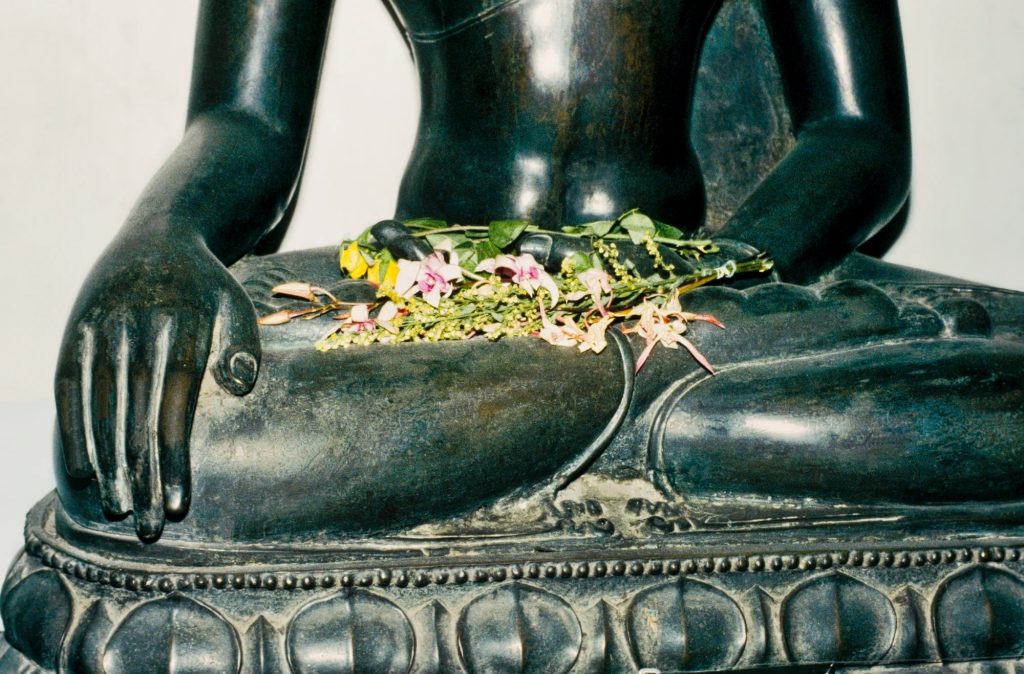
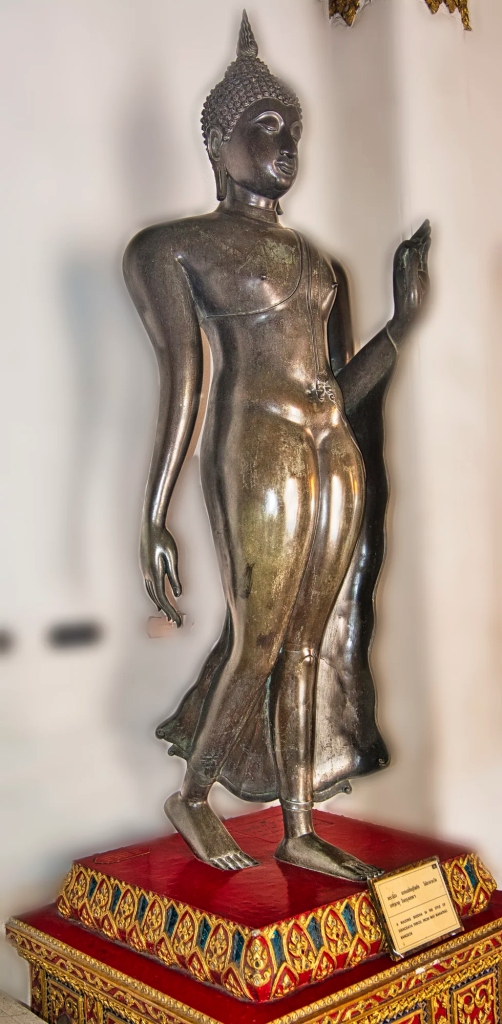
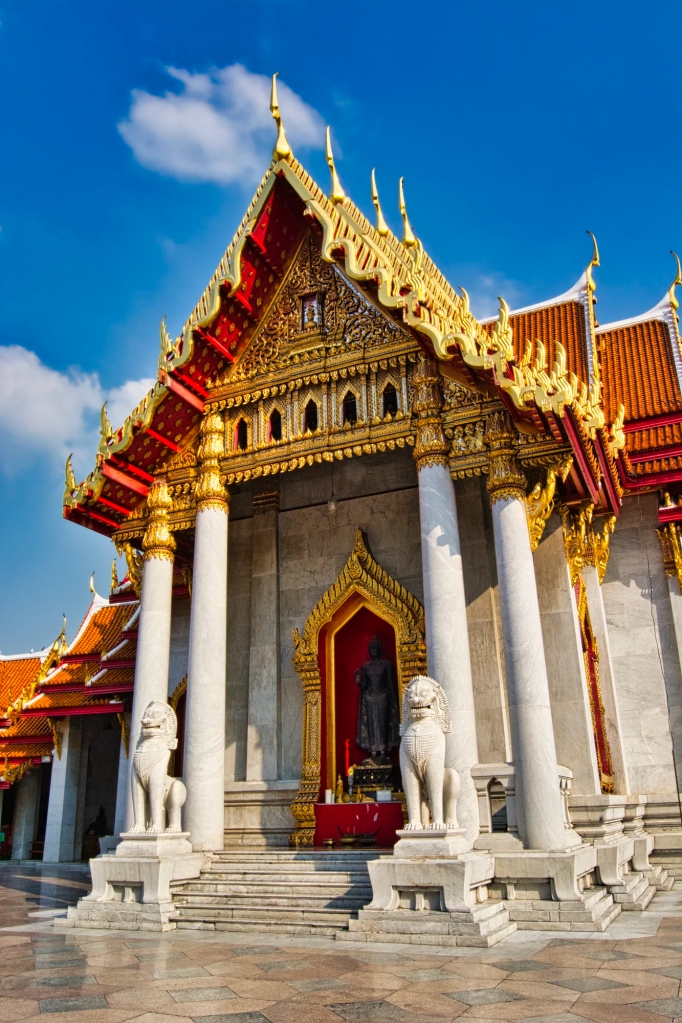
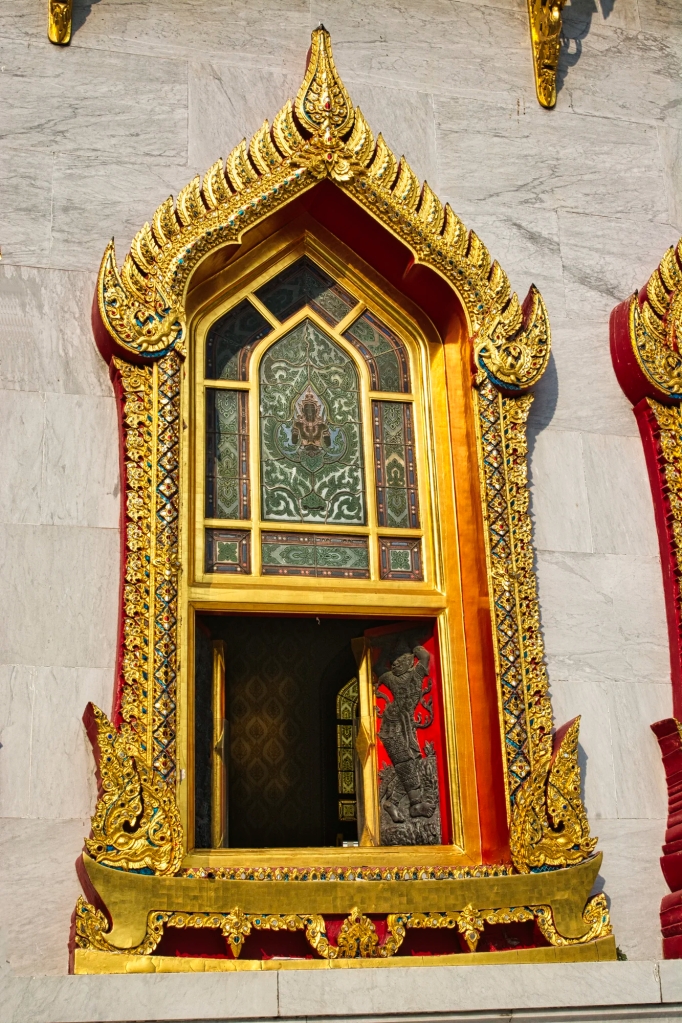
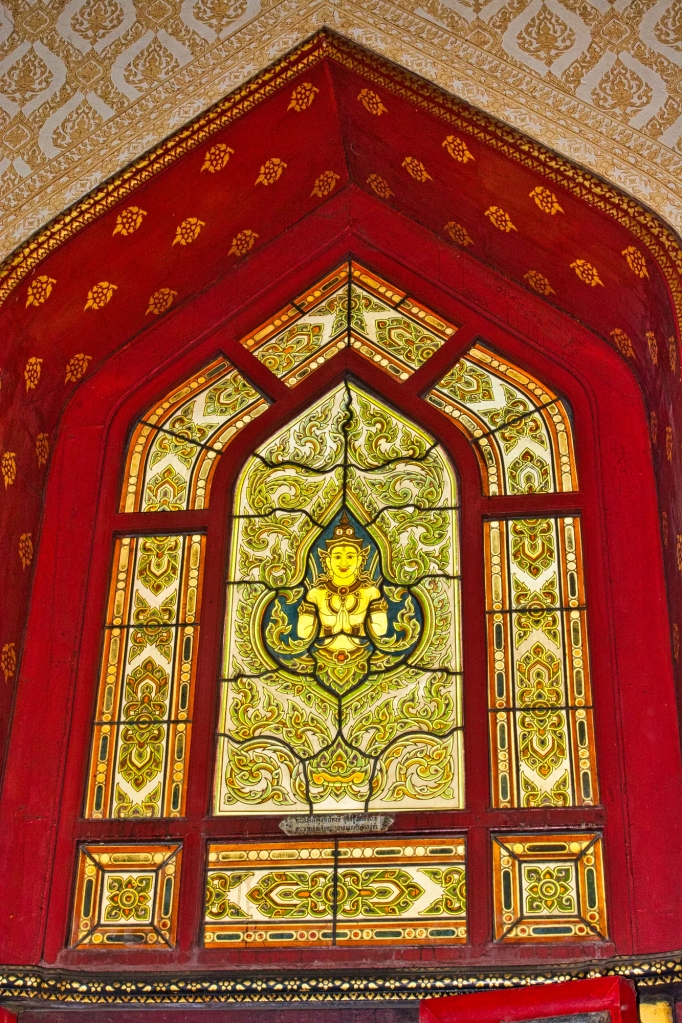
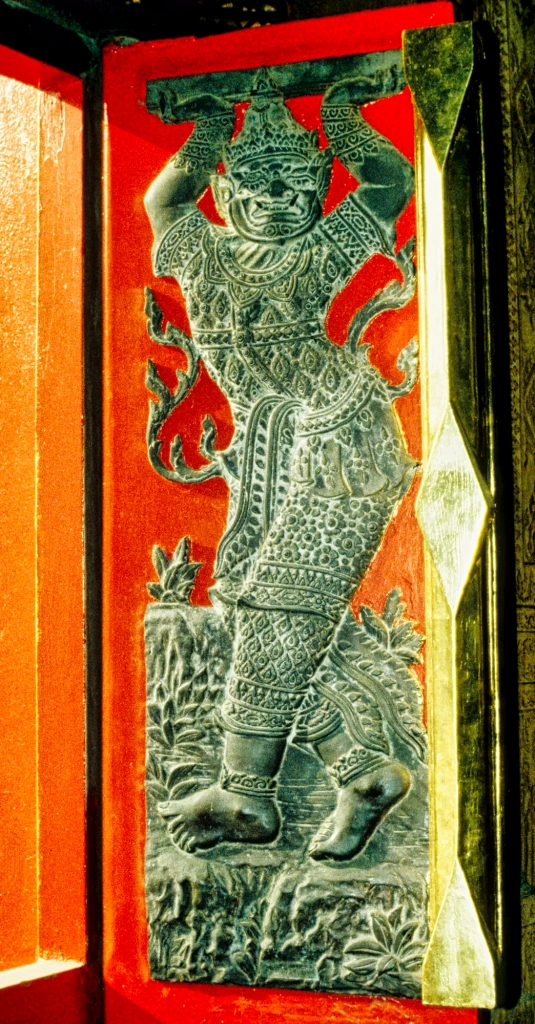
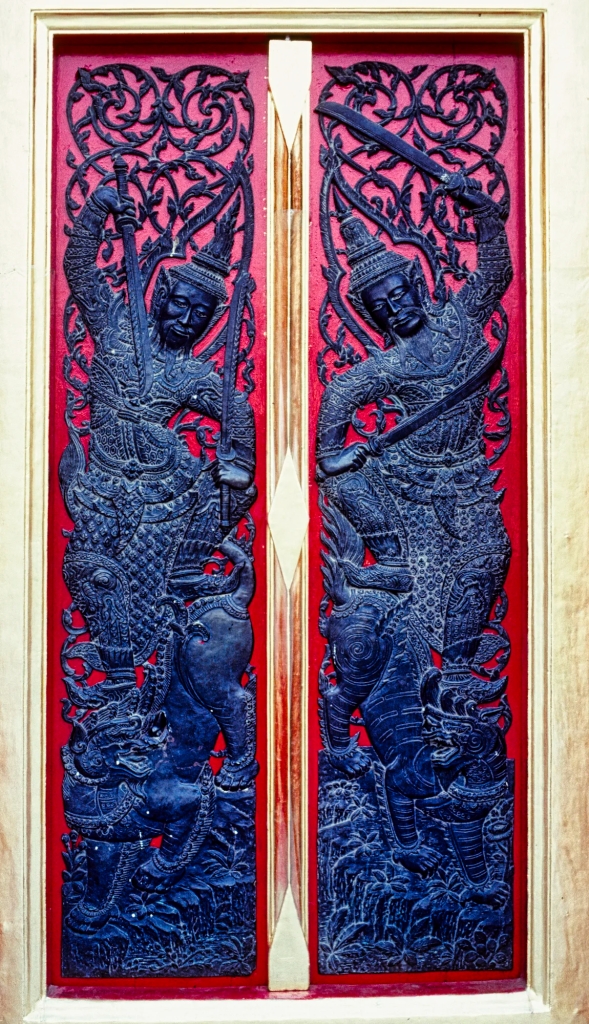
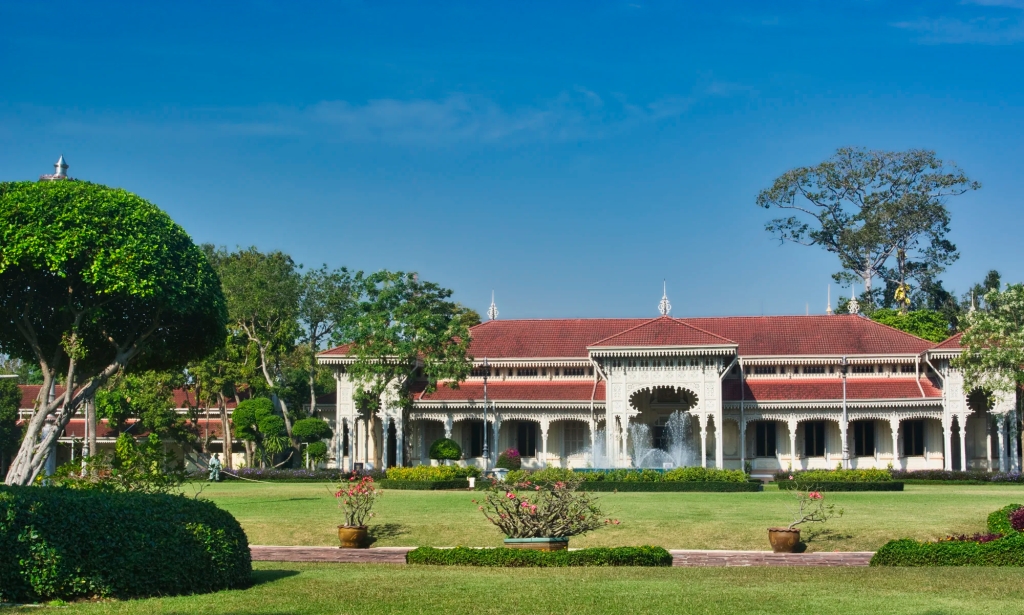
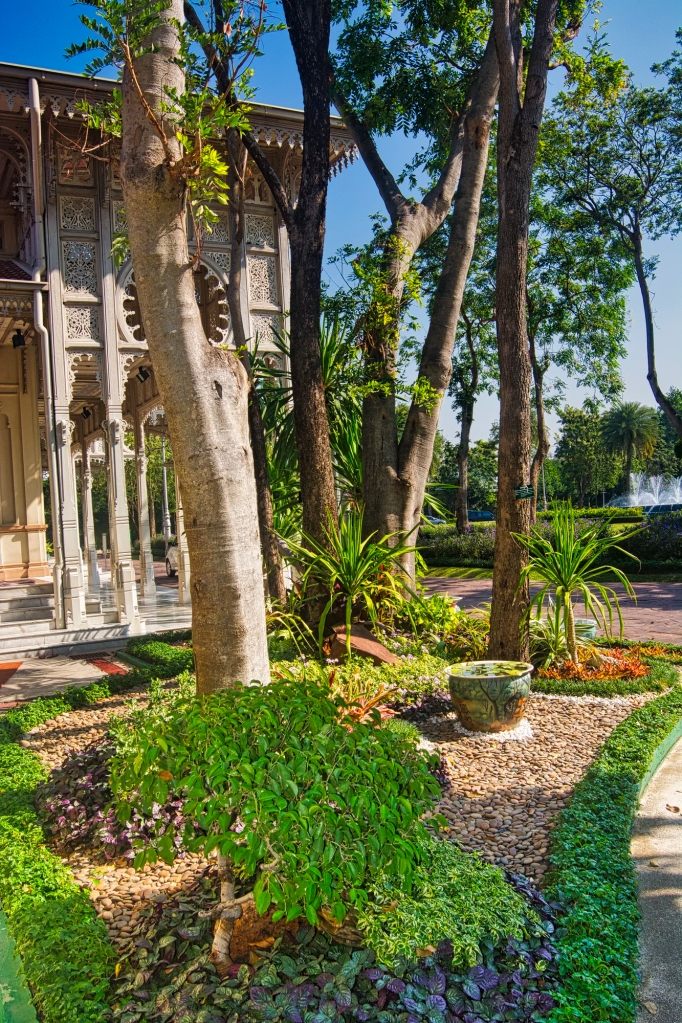
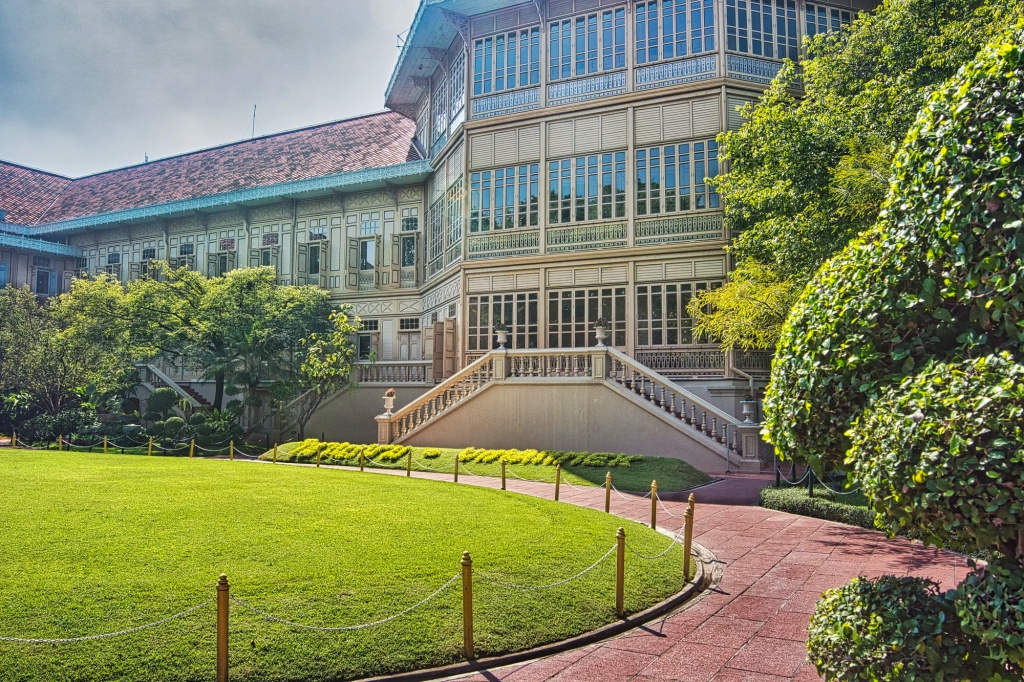
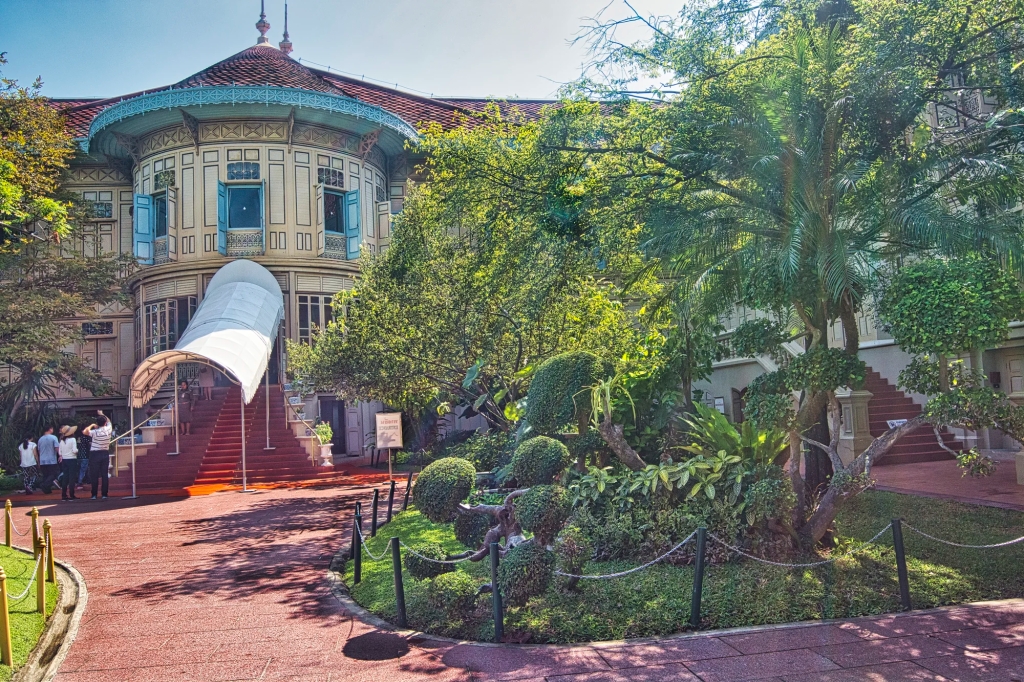
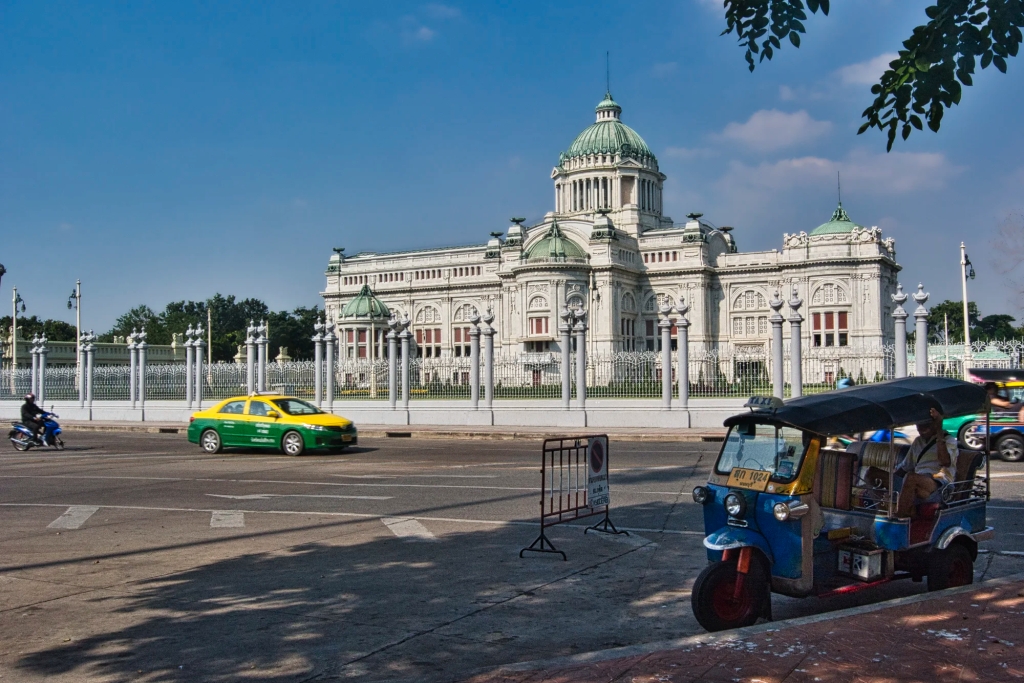
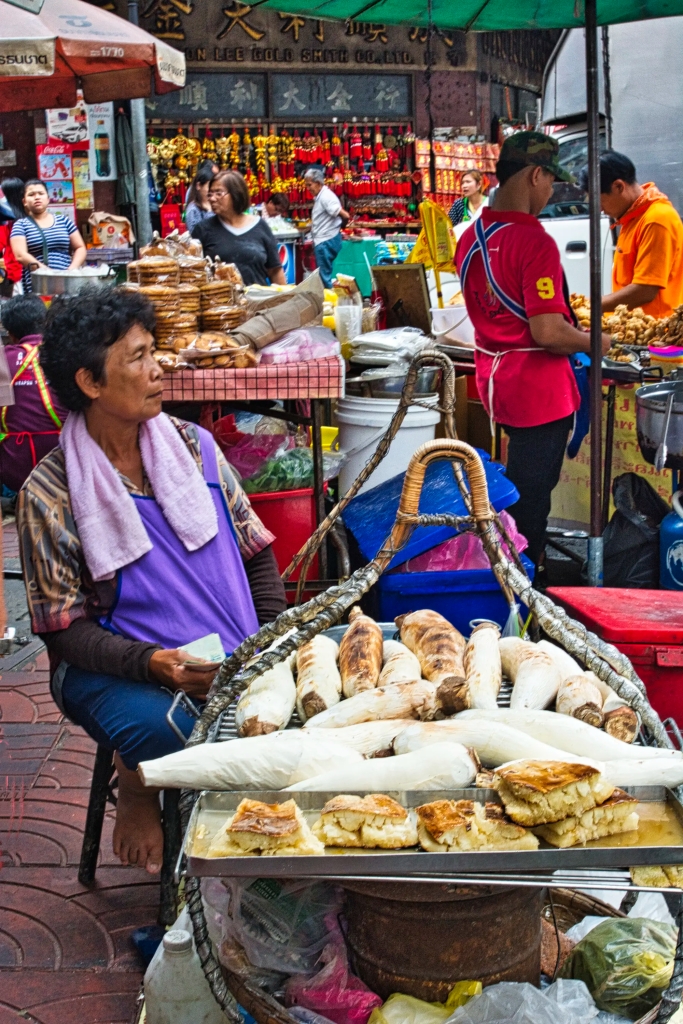
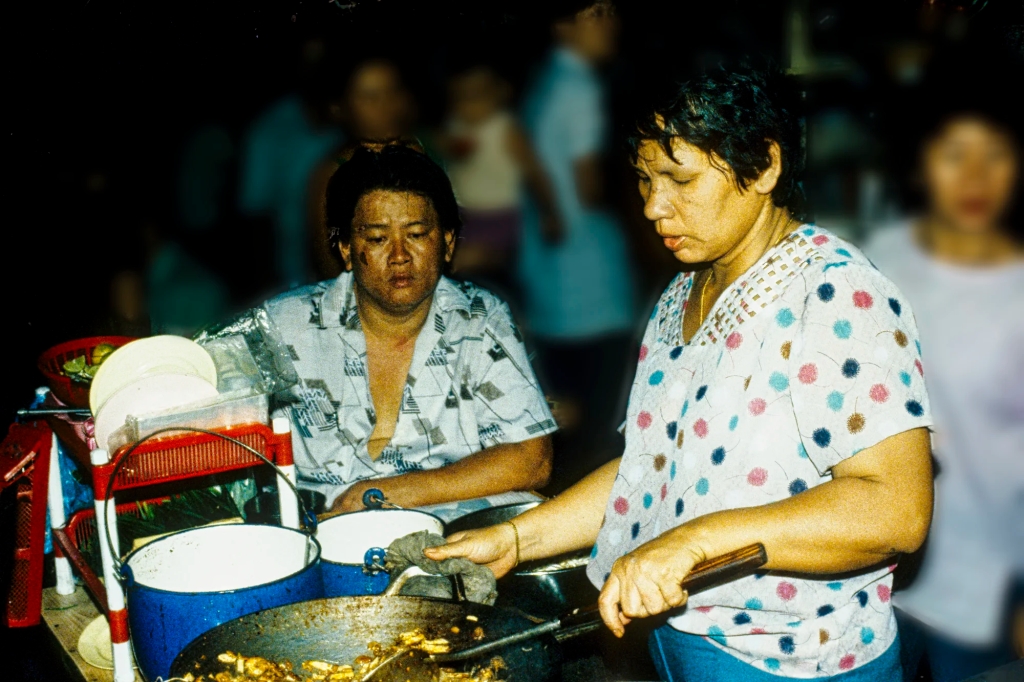
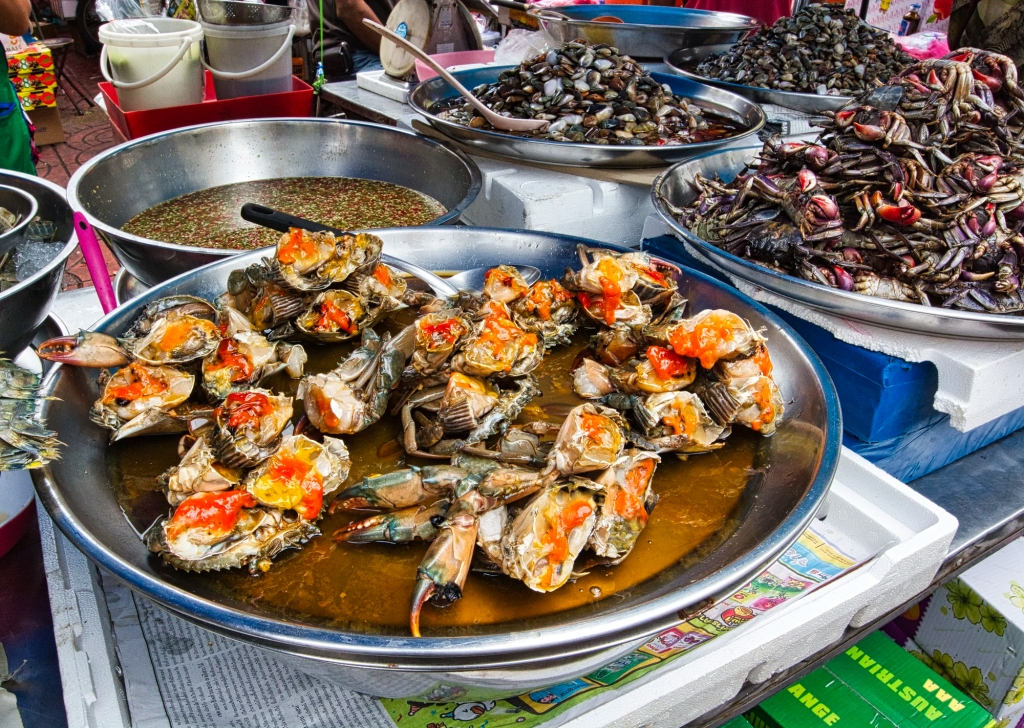
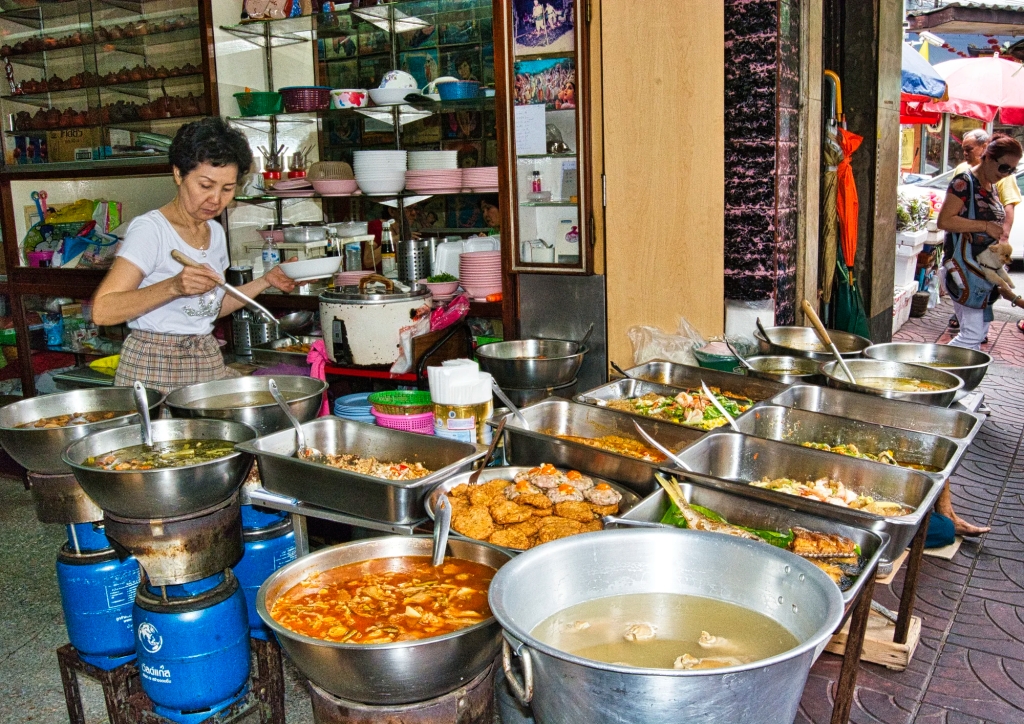

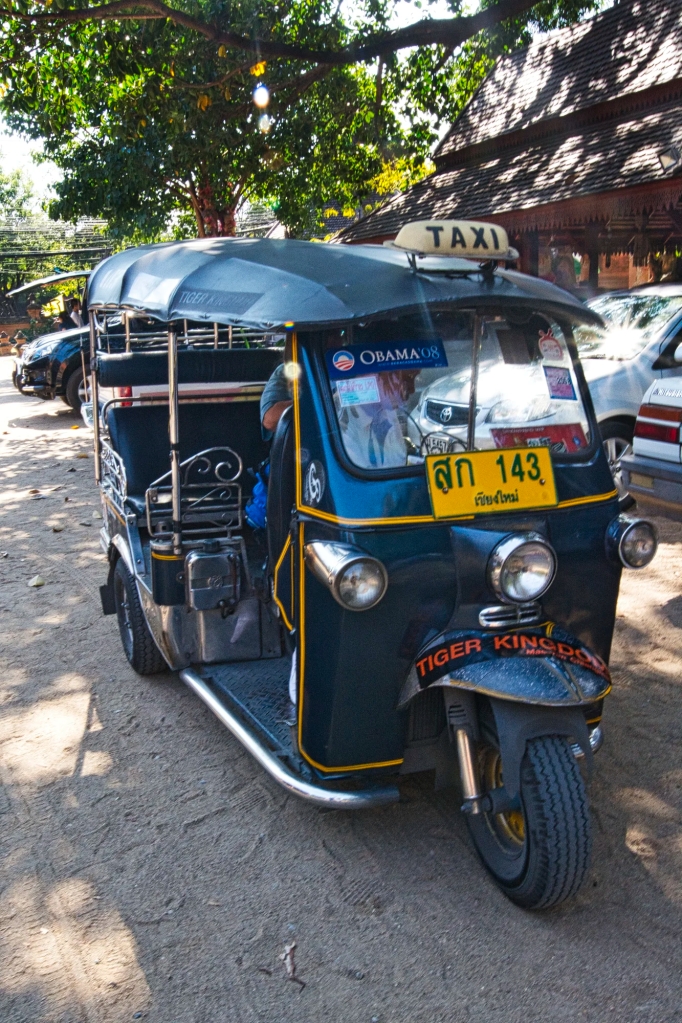
Thank you for these intelligent and well written articles on Thailand.
LikeLike
Thank you very much. It’s great to share our photos and experiences as well as connect with other travellers.
LikeLike